Forums
- Forums
- Duggy's Reference Hangar
- USAAF / USN Library
- Grumman G21 Goose
Grumman G21 Goose
Post a reply
- Go to Previous topic
- Go to Next topic
- Go to Welcome
- Go to Introduce Yourself
- Go to General Discussion
- Go to Screenshots, Images and Videos
- Go to Off topic
- Go to Works in Progress
- Go to Skinning Tips / Tutorials
- Go to Skin Requests
- Go to IJAAF Library
- Go to Luftwaffe Library
- Go to RAF Library
- Go to USAAF / USN Library
- Go to Misc Library
- Go to The Ops Room
- Go to Made in Germany
- Go to Campaigns and Missions
- Go to Works in Progress
- Go to Juri's Air-Raid Shelter
- Go to Campaigns and Missions
- Go to Works in Progress
- Go to Skinpacks
- Go to External Projects Discussion
- Go to Books & Resources
-
13 years agoFri Feb 25 2022, 09:59pmDuggy
 Main AdminIn 1936, a group of wealthy residents of Long Island, including E. Roland Harriman, approached Grumman and commissioned an aircraft that they could use to fly to New York City. In response the Grumman Model G-21 was designed as a light amphibian transport. Grumman?s typically rugged engineering produced a high-winged monoplane of almost all-metal construction - the trailing half of the main wing and all of the flight control surfaces except for the flaps were fabric-covered. It was powered by two 450 horsepower (340 kW) Pratt & Whitney R-985 Wasp Jr. nine-cylinder, air-cooled, radial engines mounted on the leading edges of the wings. The deep fuselage served also as a hull and was equipped with hand-cranked retractable landing gear. First flight of the prototype took place on May 29, 1937.
Main AdminIn 1936, a group of wealthy residents of Long Island, including E. Roland Harriman, approached Grumman and commissioned an aircraft that they could use to fly to New York City. In response the Grumman Model G-21 was designed as a light amphibian transport. Grumman?s typically rugged engineering produced a high-winged monoplane of almost all-metal construction - the trailing half of the main wing and all of the flight control surfaces except for the flaps were fabric-covered. It was powered by two 450 horsepower (340 kW) Pratt & Whitney R-985 Wasp Jr. nine-cylinder, air-cooled, radial engines mounted on the leading edges of the wings. The deep fuselage served also as a hull and was equipped with hand-cranked retractable landing gear. First flight of the prototype took place on May 29, 1937.
The fuselage also proved versatile as it provided generous interior space that allowed fitting for either a transport or luxury airliner role. Having an amphibious configuration also allowed the G-21 to go just about anywhere, and plans were made to market it as an amphibian airliner.
Modifications
There were a number of modifications of the Goose, but the most numerous were those by McKinnon Enterprises of Sandy, Oregon, who had twenty-one supplemental type certificates (STCs) for modifying G-21 series aircraft and who also manufactured four different conversions that were re-certified under a separate FAA type certificate (TC no. 4A24) as brand new "McKinnon" airplanes. The first was the McKinnon model G-21C which involved replacing the original R-985 radial engines with four Lycoming GSO-480-B2D6 piston engines. It was approved under TC 4A24 on November 7, 1958 and two examples were built in 1958-1959.
The second McKinnon conversion was the model G-21D, which differed from the G-21C only by the insertion of a 36-in. extension in the nose section of the aircraft in front of the cockpit, and 12-in. extensions that were added to the horizontal stabilizers and elevators. The extended nose of the G-21D was distinguishable by the addition of two new windows on each side and it housed four additional passenger seats. Only one G-21D was built and it was actually re-converted from the very first G-21C. When later converted to turbine engines, it was nicknamed "Turboprop Goose."
After the turbine conversion of the G-21D, McKinnon developed an STC (SA1589WE) to install the same 550 shp Pratt & Whitney Canada PT6A-20 engines on Grumman G-21A aircraft that were still certified under TC no. 654. Two G-21A aircraft were modified as ?Hybrid? turbine conversions, one by Marshall of Cambridge in the UK (using McKinnon STC kits shipped over from Oregon) and one belonging to the Bureau of Land Management, an agency of the US Department of the Interior in Alaska was modified by McKinnon in 1967. Because they also had many other McKinnon features installed on them using some of his STCs, these aircraft were later confused with similar but subsequent McKinnon turbine conversions and model G-21E aircraft, but they actually remained ?Grumman G-21A? aircraft under TC no. 654; they were never officially re-certified under McKinnon?s TC 4A24.
In addition to the two G-21A ?Hybrid? turbine conversions, in 1968 McKinnon converted two other G-21A aircraft to a turbine configuration and he claimed that they were simultaneously re-certified as models G-21C under TC 4A24, Section I, and as turbines per STC SA1320WE. However, it appears that they lacked some of the internal structural reinforcements that were part of the model G-21C design and that were unrelated to the turbine engine transplant from the four Lycoming GSO-480 series piston engines, as a result of which, they were certified to operate up to a maximum gross weight of only 10,500 lbs. McKinnon dubbed these aircraft model G-21C ?Hybrids? but one year after they were built, their configuration was approved by the FAA as a whole new model under TC 4A24
The third McKinnon model, the G-21E, was based on his previous G-21C ?Hybrid? conversions. It was initially certified with the same two 550 shp Pratt & Whitney Canada PT6A-20 turboprops used on the G-21D turbine conversion, but later, after approval of the model G-21G, 680 shp (507 kW) PT6A-27 engines were approved as an option on the G-21E. Only one example was ever actually built and re-certified as a model G-21E and it was, in fact, equipped with the more powerful PT6A-27 engines.
The final McKinnon variant was the G-21G, which was approved by the FAA on August 29, 1969 under Section IV of TC no. 4A24. The G-21G combined all of the structural reinforcements and 12,500-lb gross weight of the earlier G-21C and D models, as well as their other features such as the ?radar? nose, the ?wrap-around? windshield, retractable wing-tip floats, and ?picture? cabin windows, with the more powerful PT6A-27 turbine engines and other minor details to produce the ultimate McKinnon Goose conversion.
Envisioned as corporate or private "flying yachts" for Manhattan millionaires, initial production models normally carried two to three passengers and had a bar and small toilet installed. As well as being marketed to small air carriers, the G-21 was also promoted as a military transport. In 1938, the U.S. Army Air Force purchased the type as the OA-9 (later, in the war years, examples impressed from civilian ownership were designated the OA-13A). The most numerous of the military versions were the United States Navy variants, designated the JRF.
The amphibian was soon adopted by the Coast Guard and, during World War II, it also served with the RCAF in the transport, reconnaissance, rescue and training roles. The G.21 was used for air-sea rescue duties by the Royal Air Force (RAF). The RAF, in a common naming convention with all of its aircraft, designated the type as "Goose."
On returning to civilian service, after the war, the Goose found continued commercial use in locations from the wilderness of Alaska to the sunny climes of Catalina.
A total of 345 were built, with about 30 still airworthy today (although more like 60 are still on various civil registries, many of them are known to have crashed or been otherwise destroyed), most being in private ownership, some of them operating in modified forms.
The Goose has a wingspan of 50 feet, 10 inches, and a length of 39 feet, 7 inches. The Goose uses 30.2 gallons of fuel per hour. They have a maximum speed: of 201 mph (323 km/h), With a cruising speed of 191 mph (307 km/h) They have a service ceiling of 21,300 ft (6,492 m) with a range of 640 miles (1,030 km) The weight is when empty: 5,425 lbs (2,461 kg) maximum take-off of 8,000 lbs (3,629 kg) Weight does not include two 250 depth charges; if depth charges are carried, passengers are reduced to three.

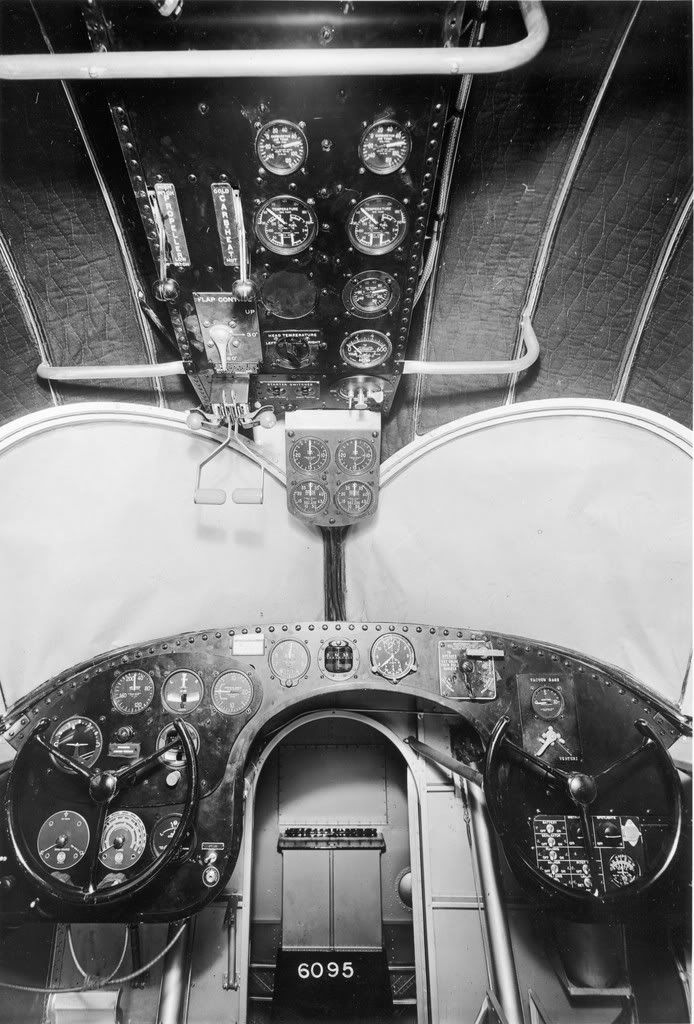
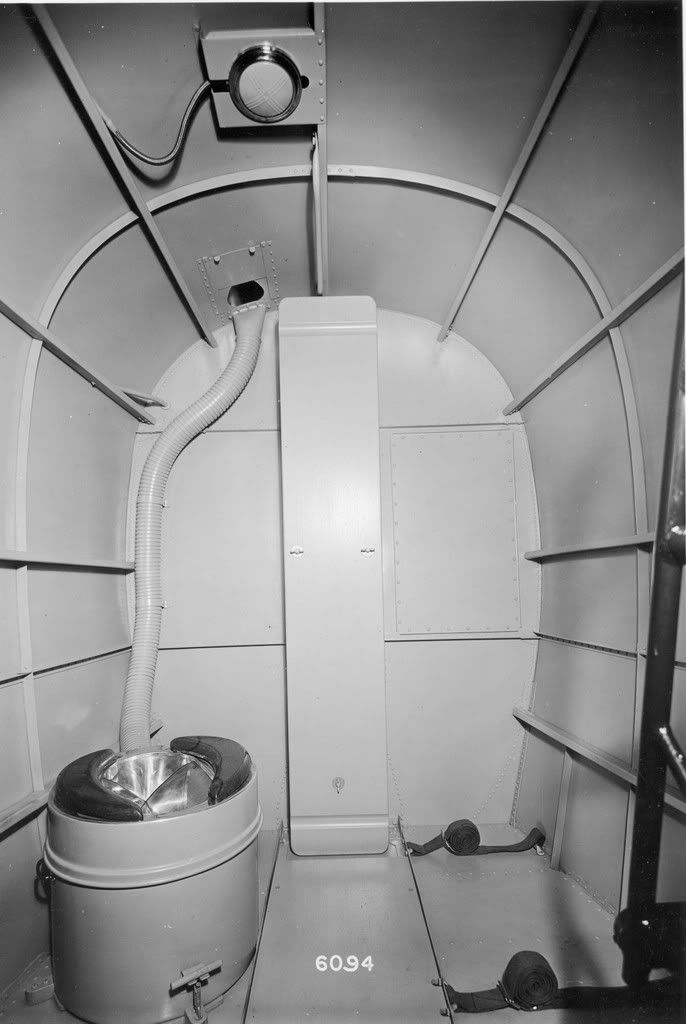
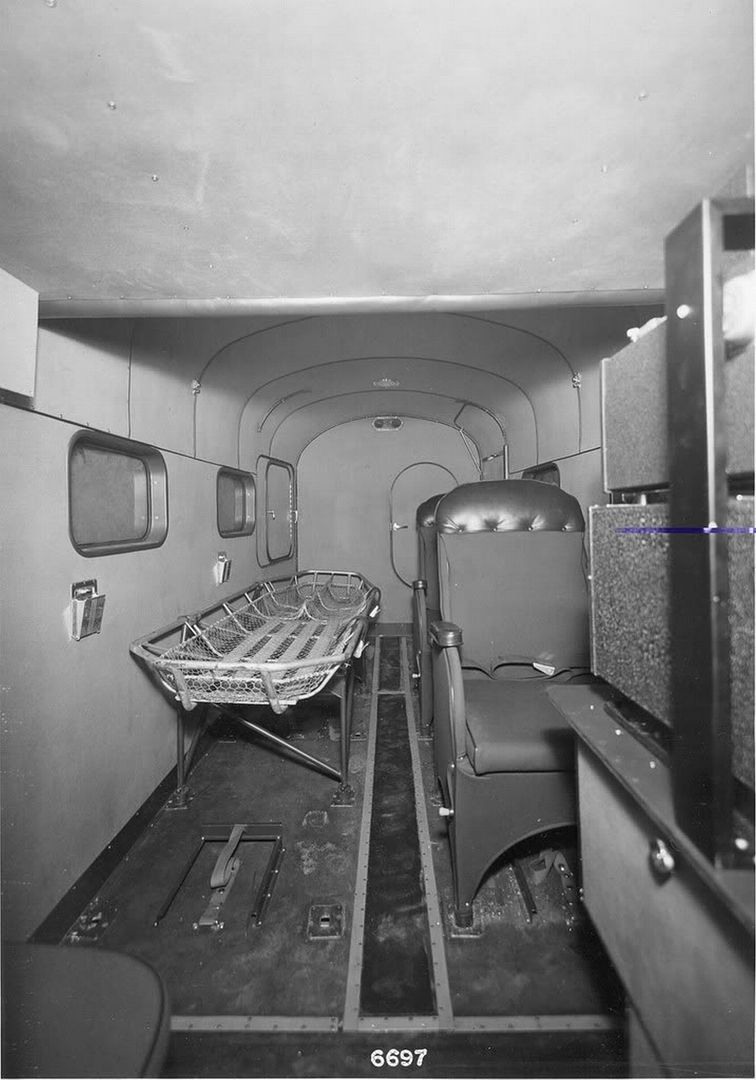
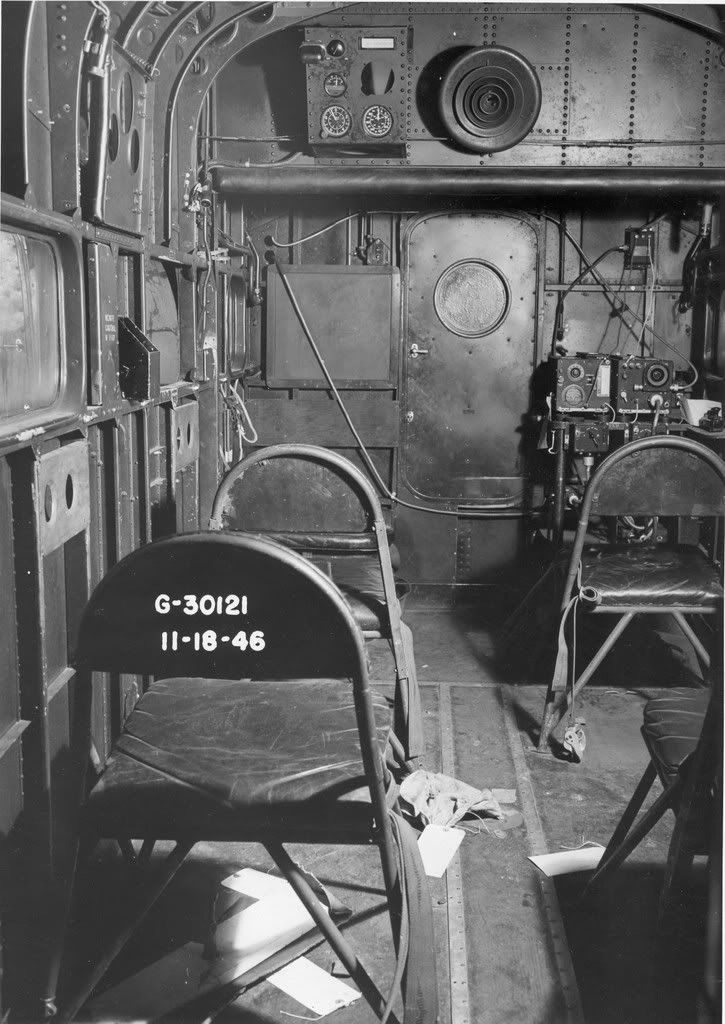


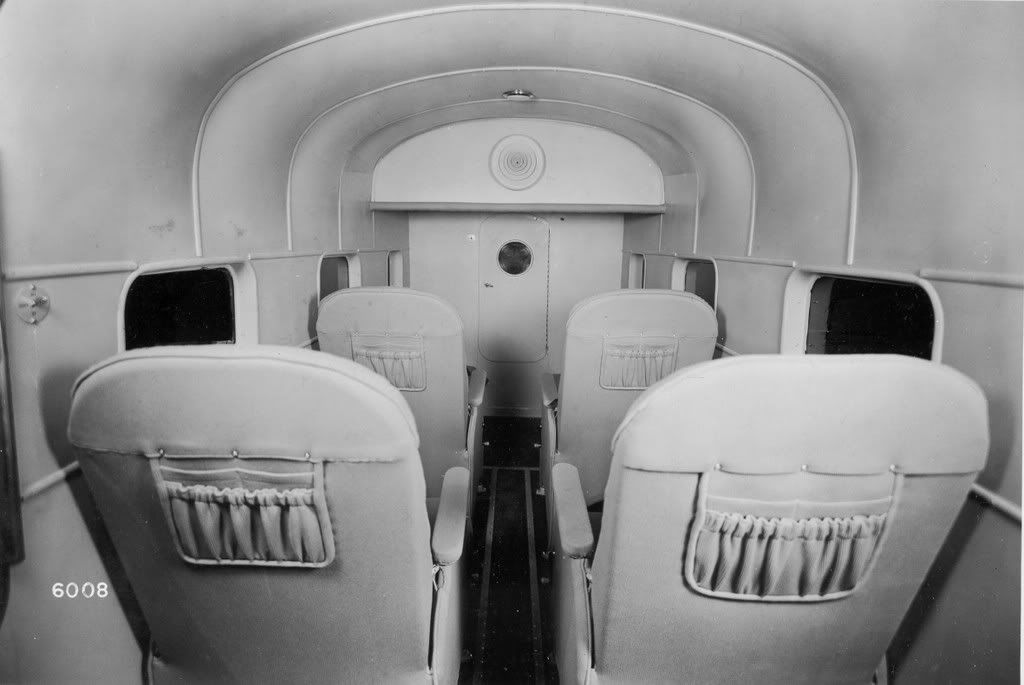
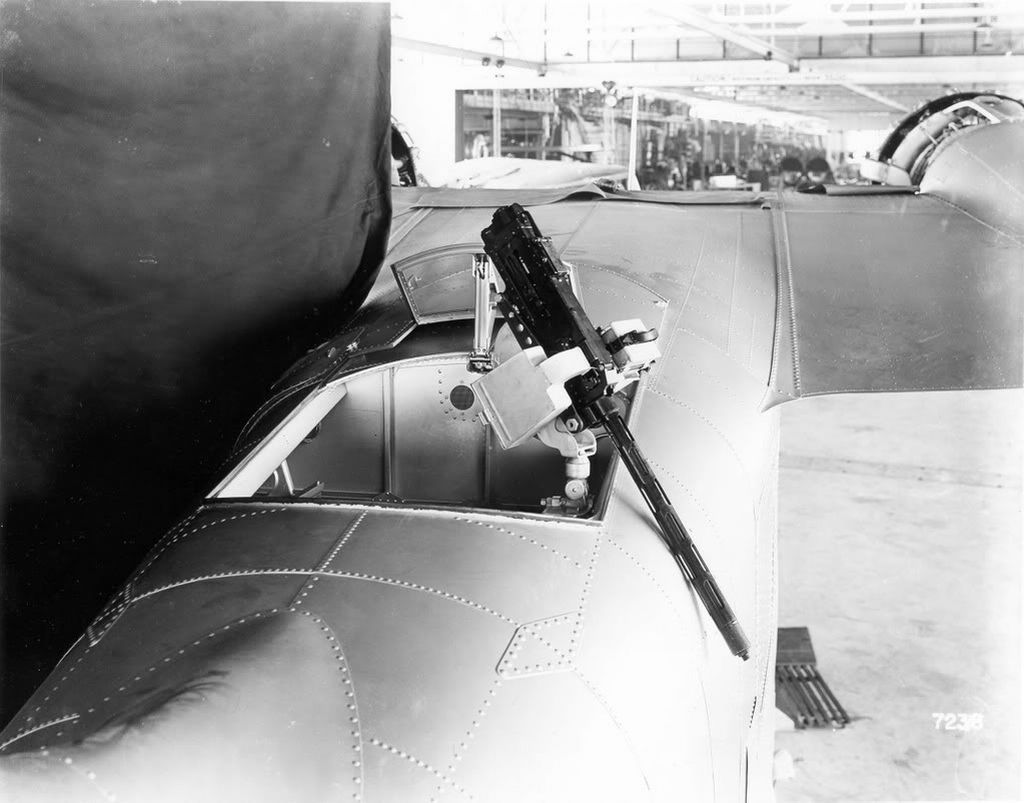
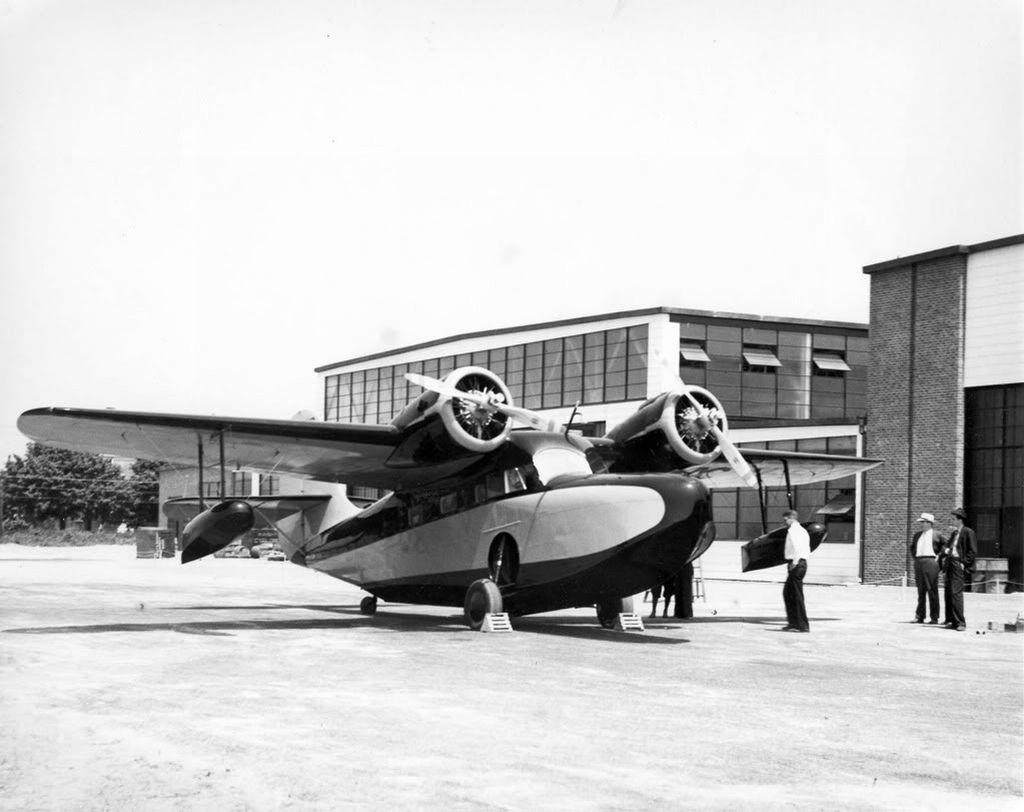

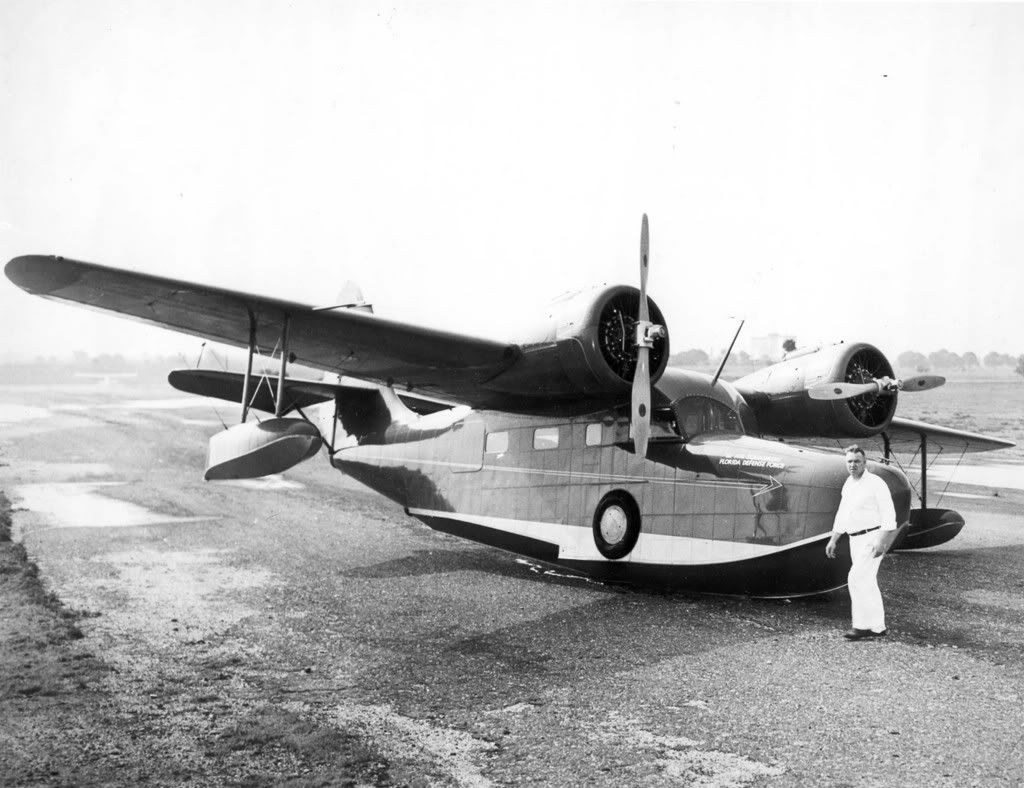
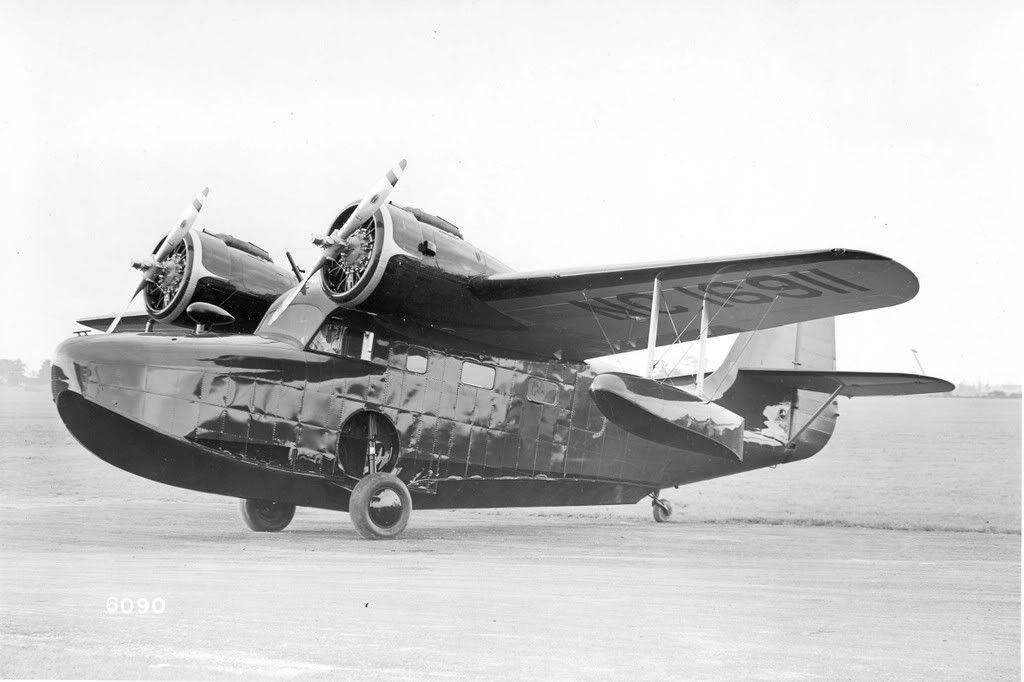
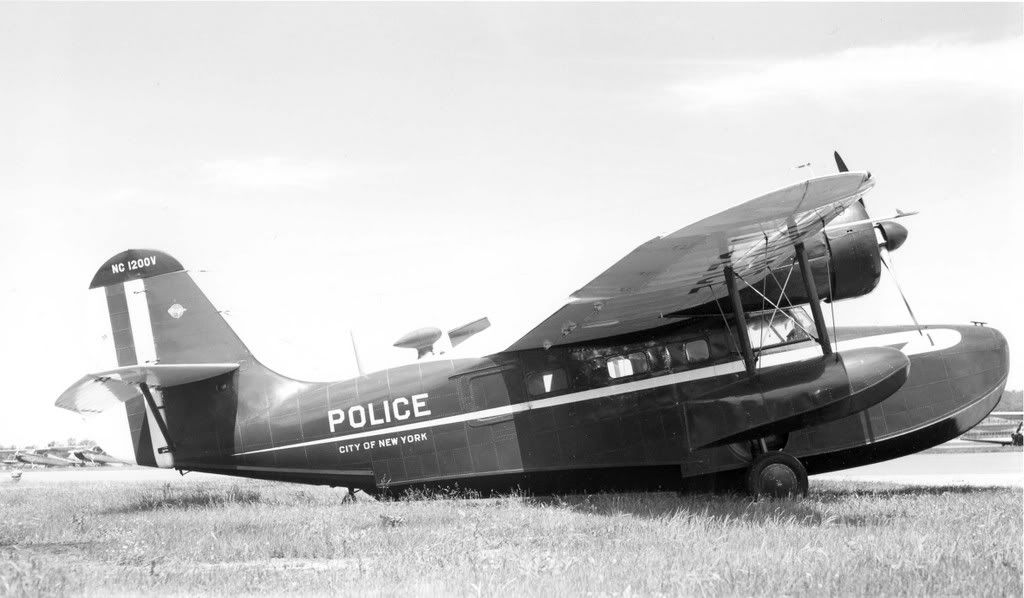
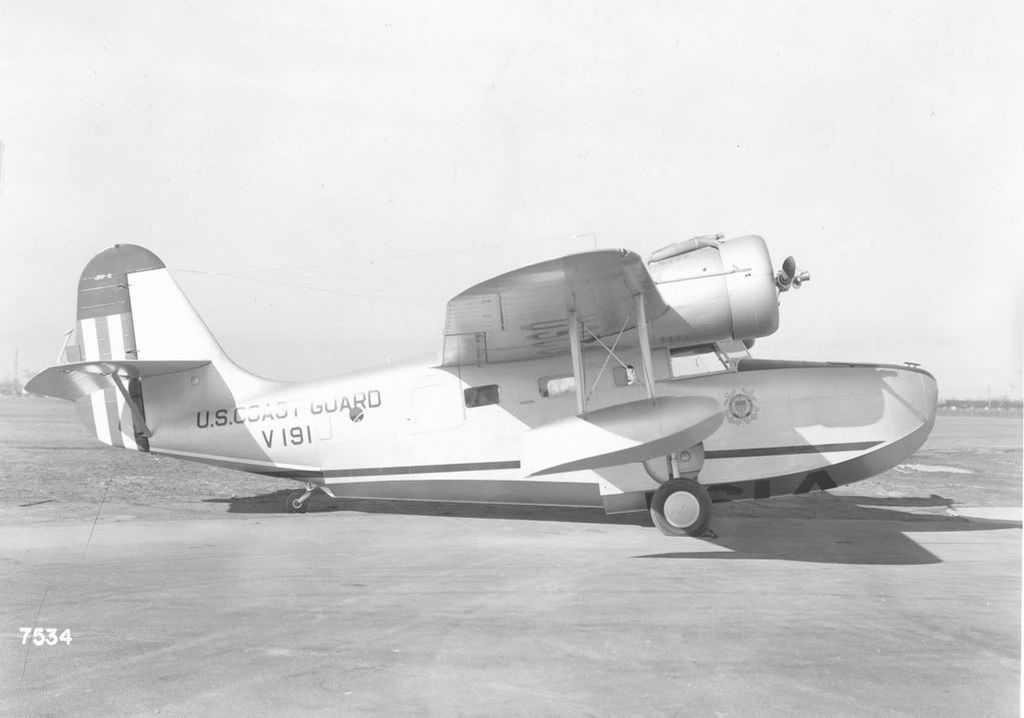

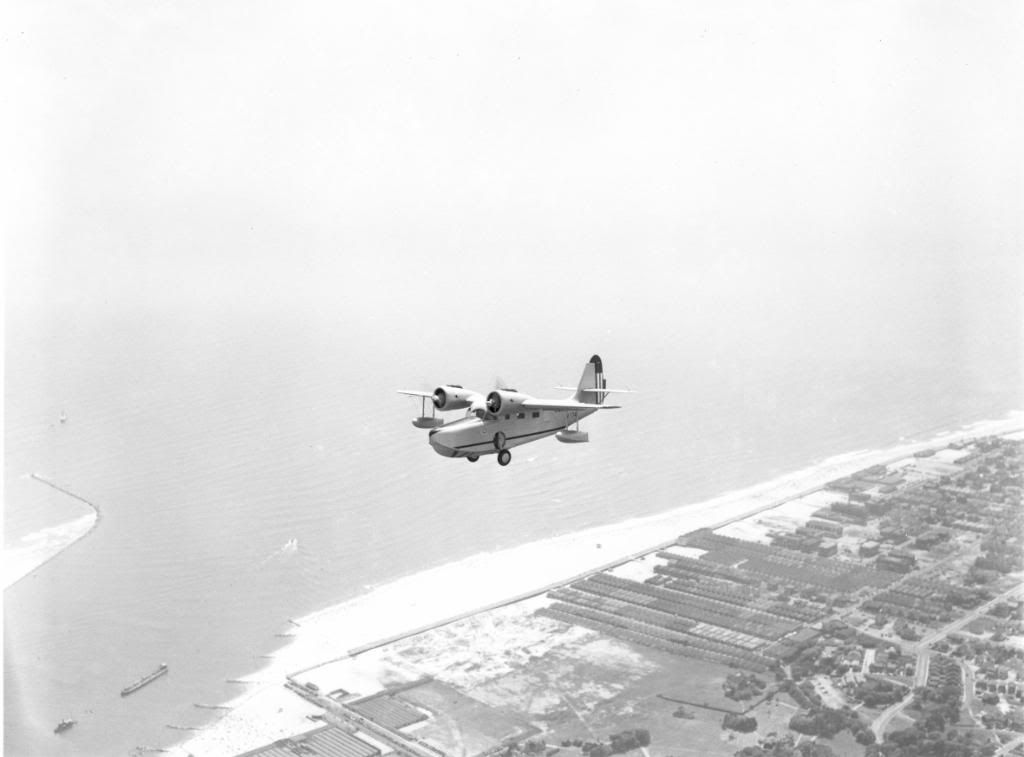
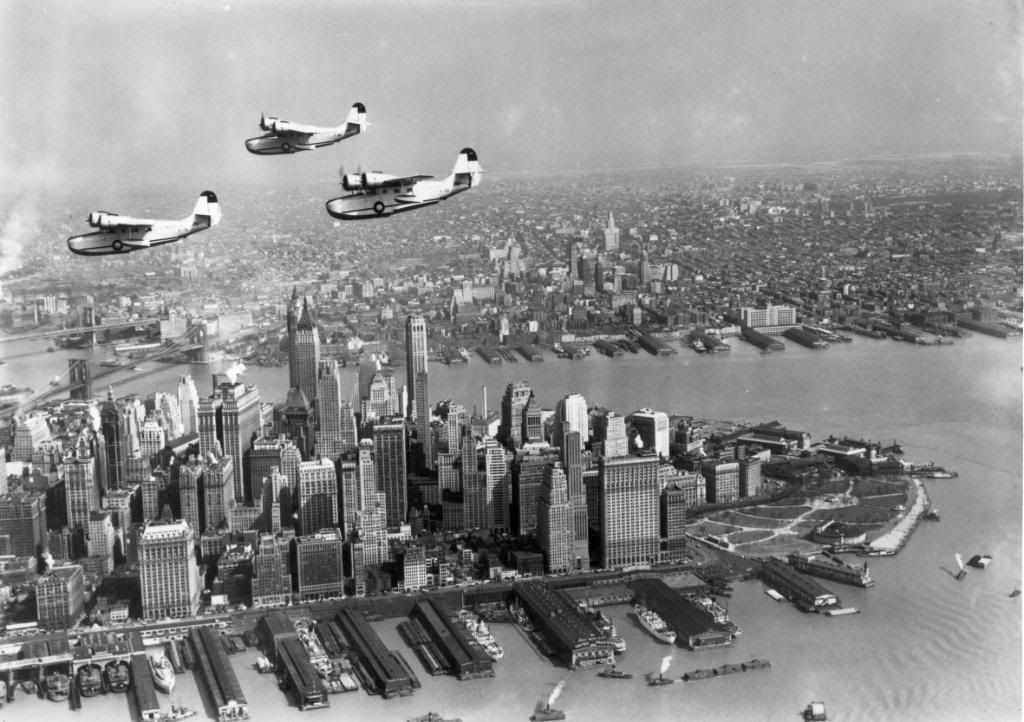
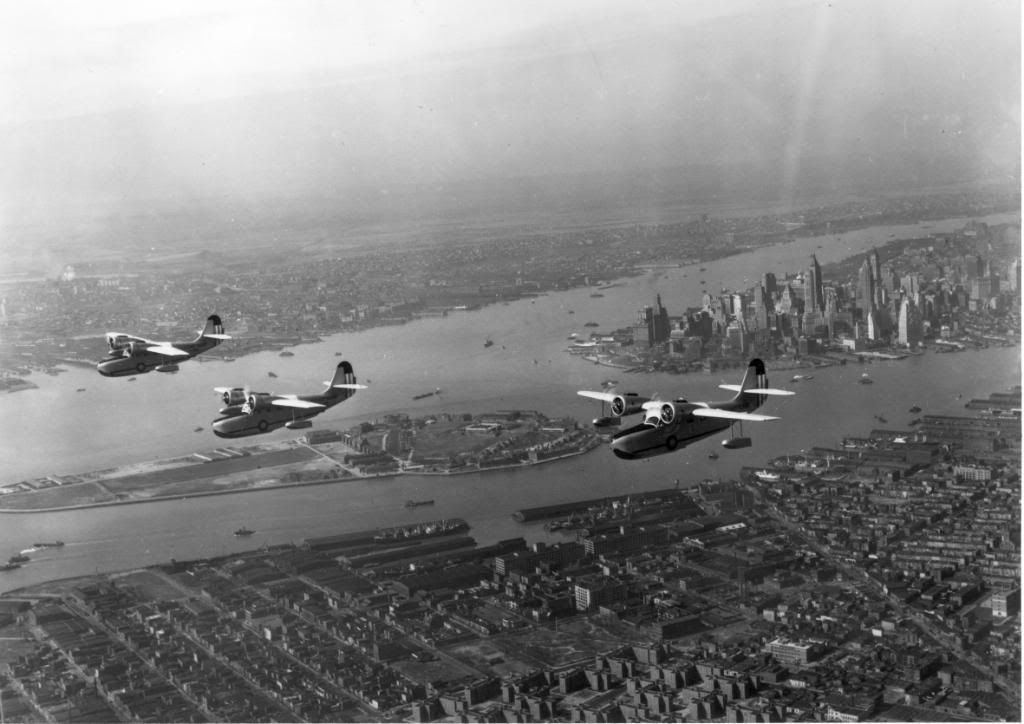
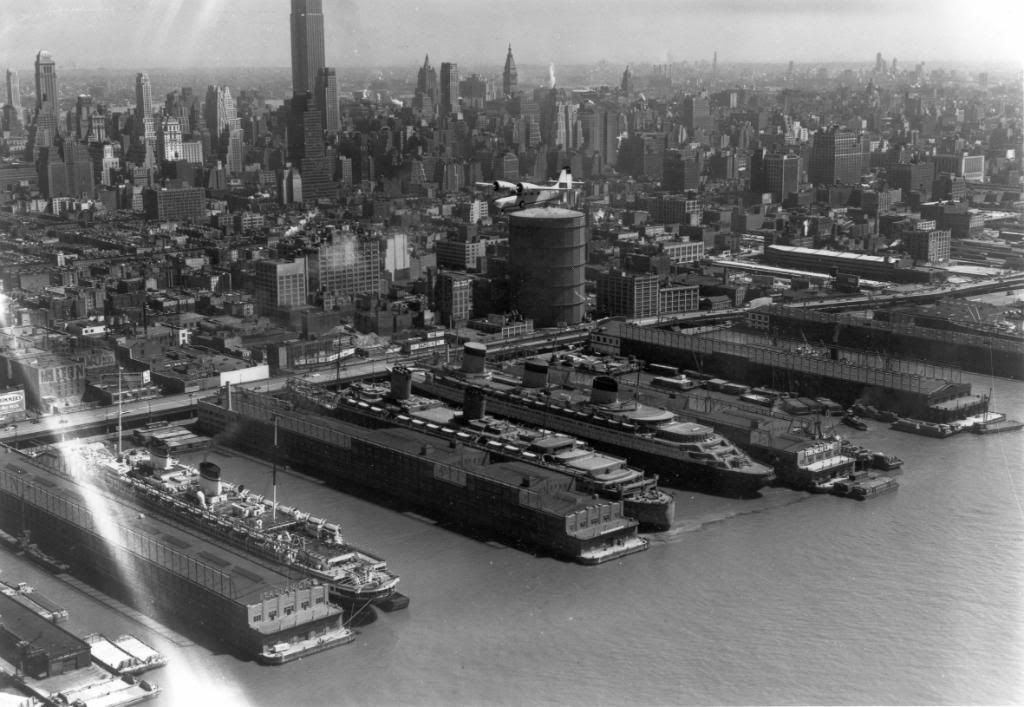
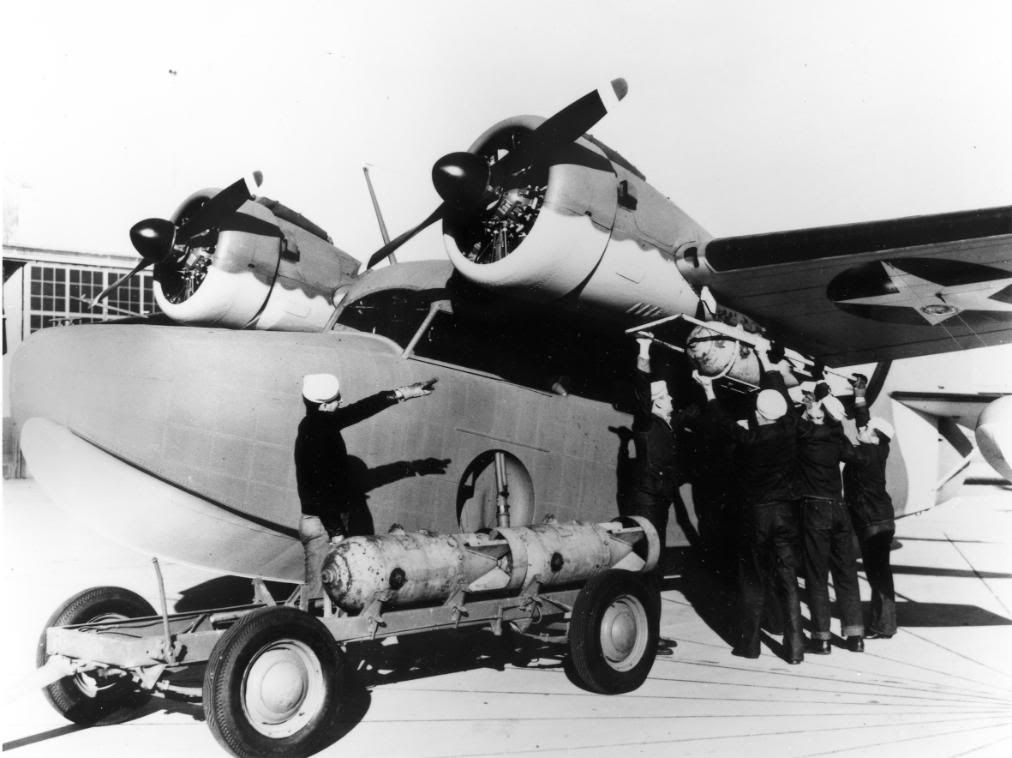
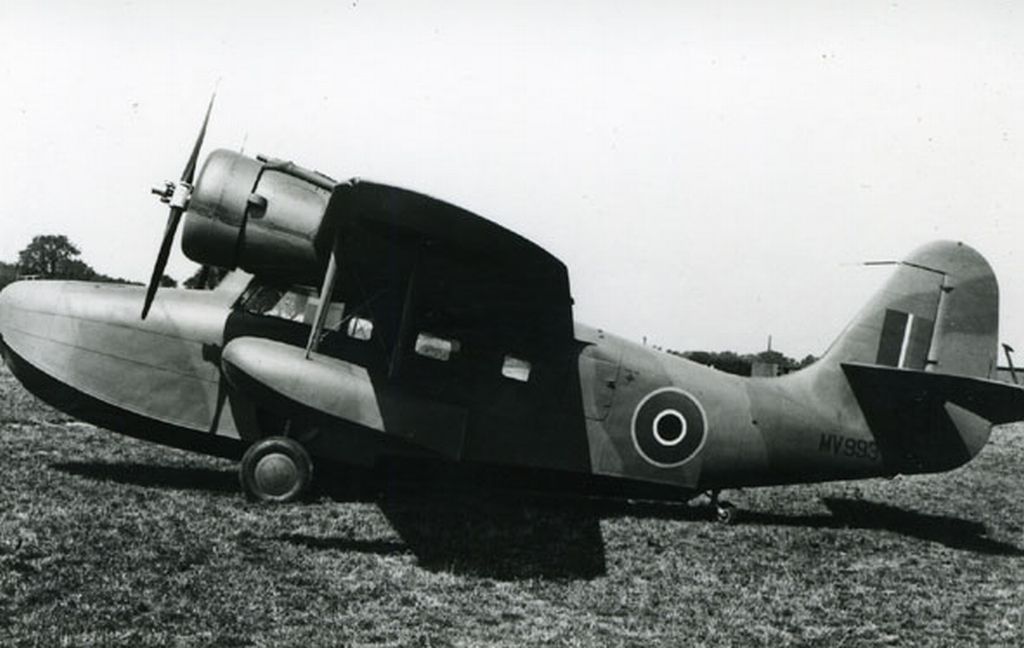
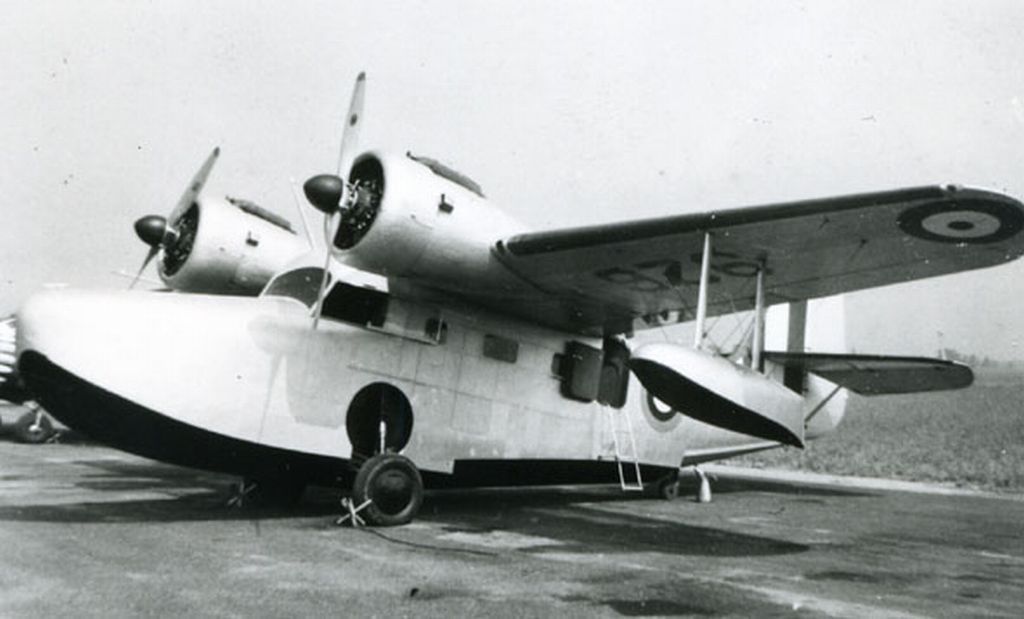
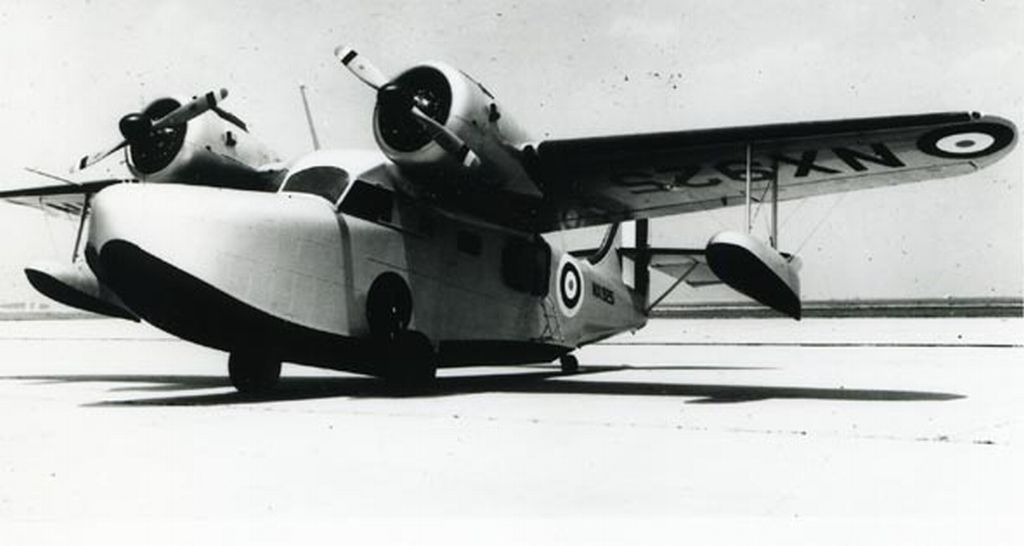
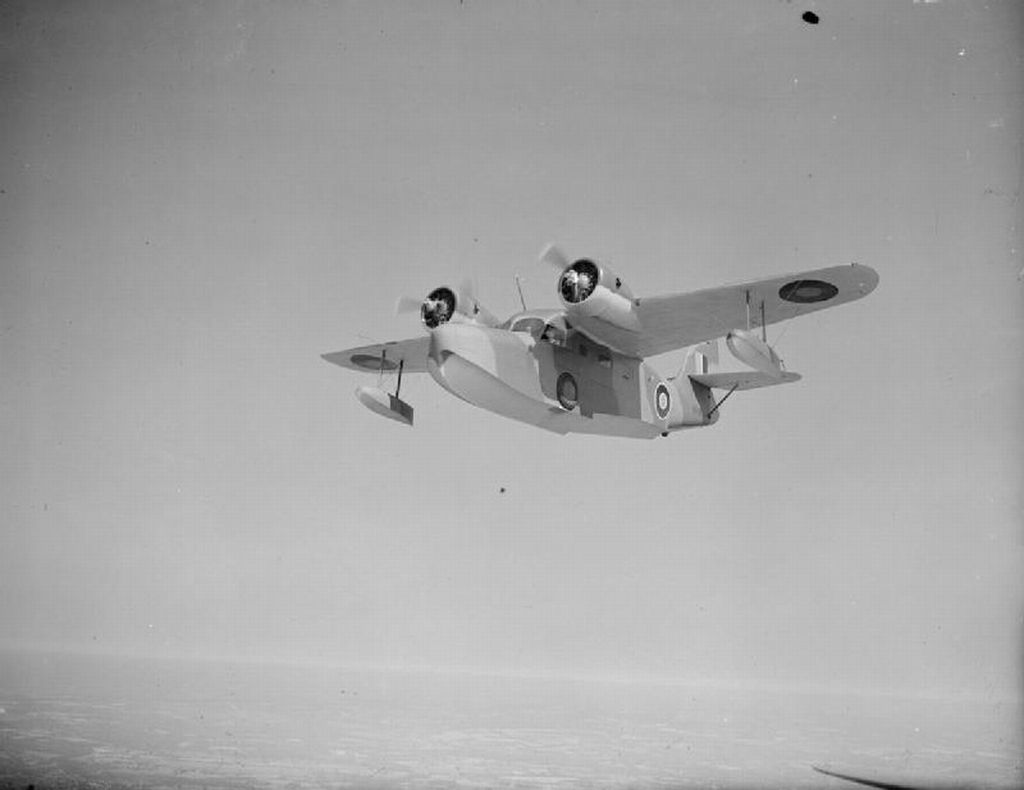
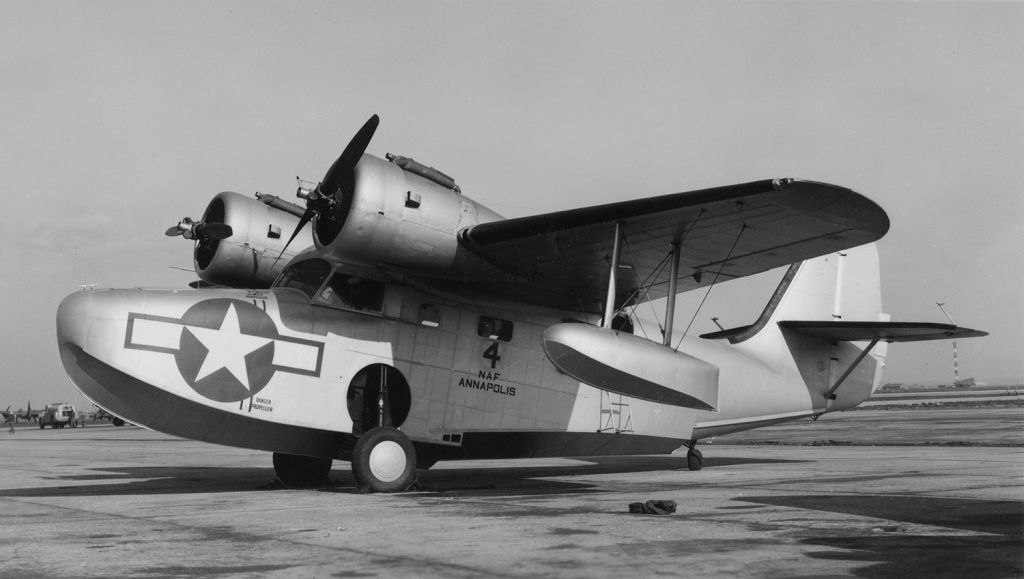
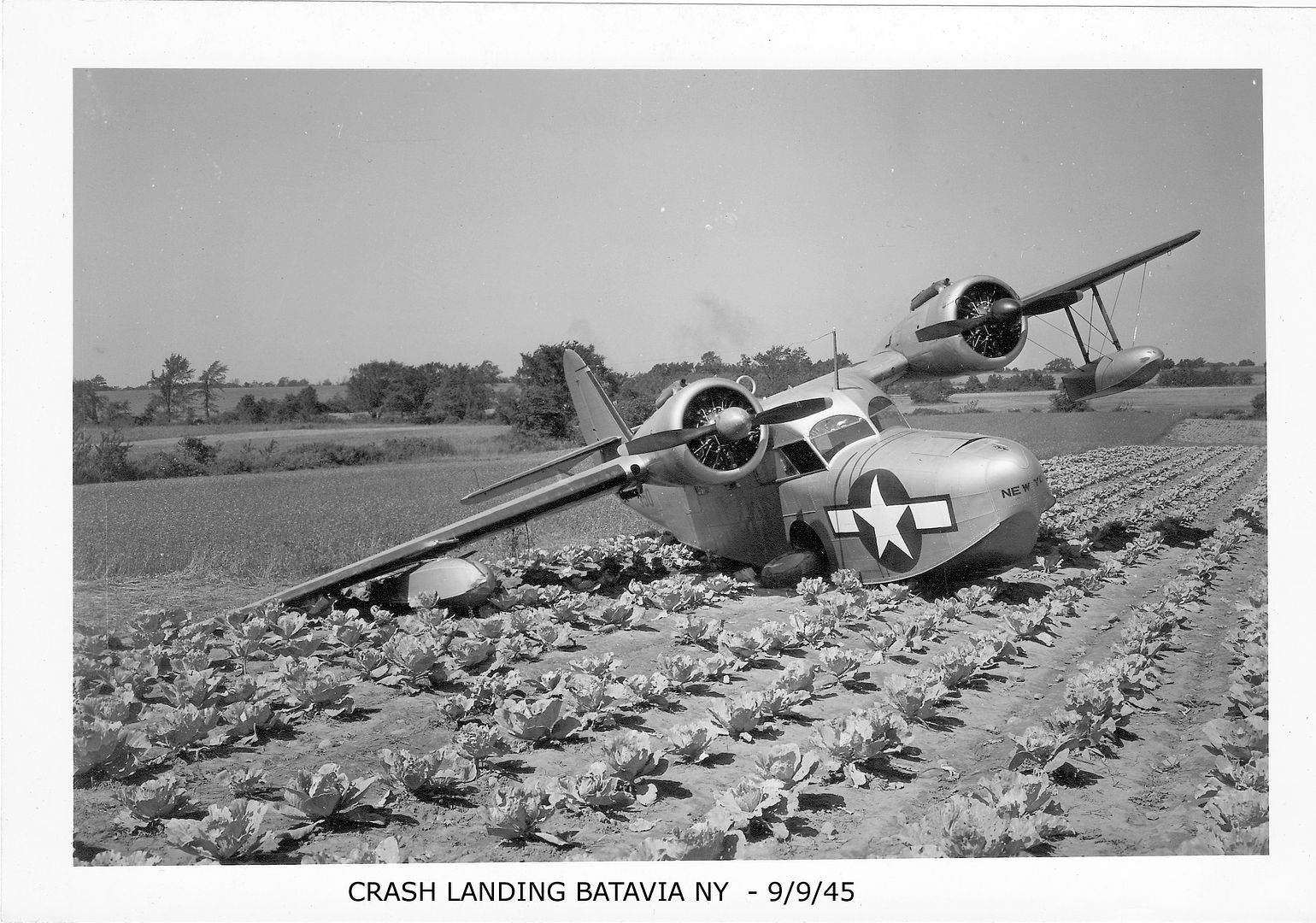
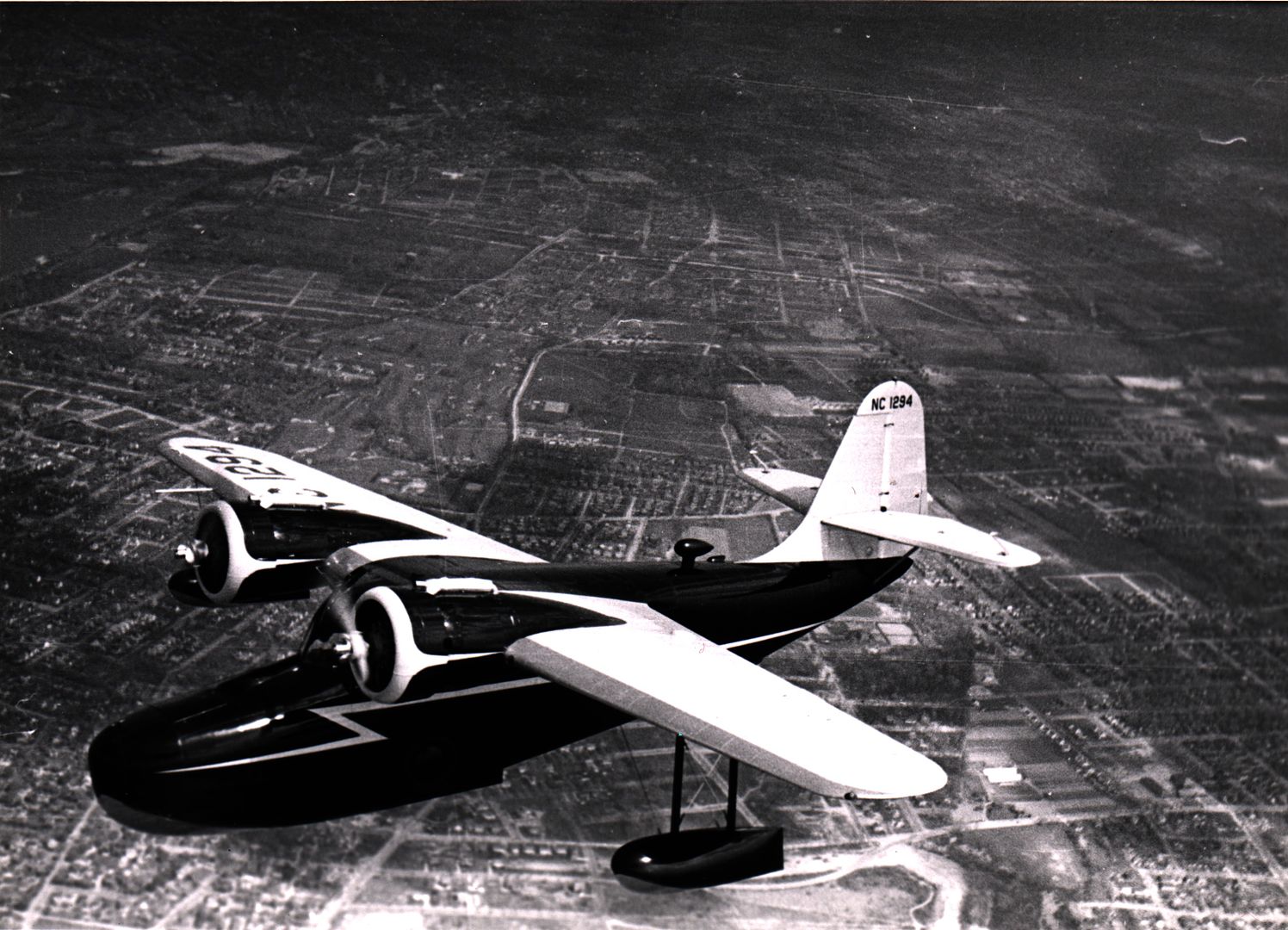
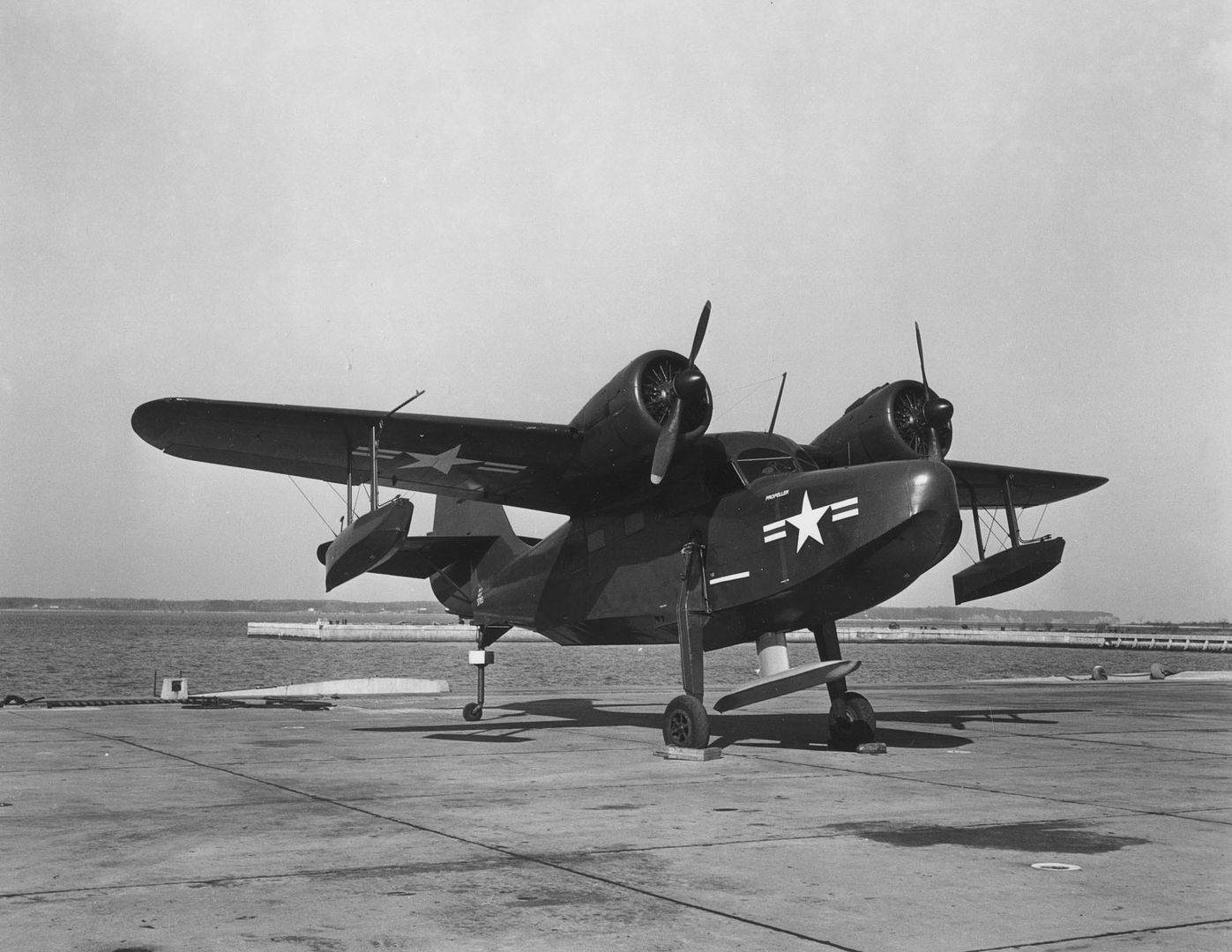

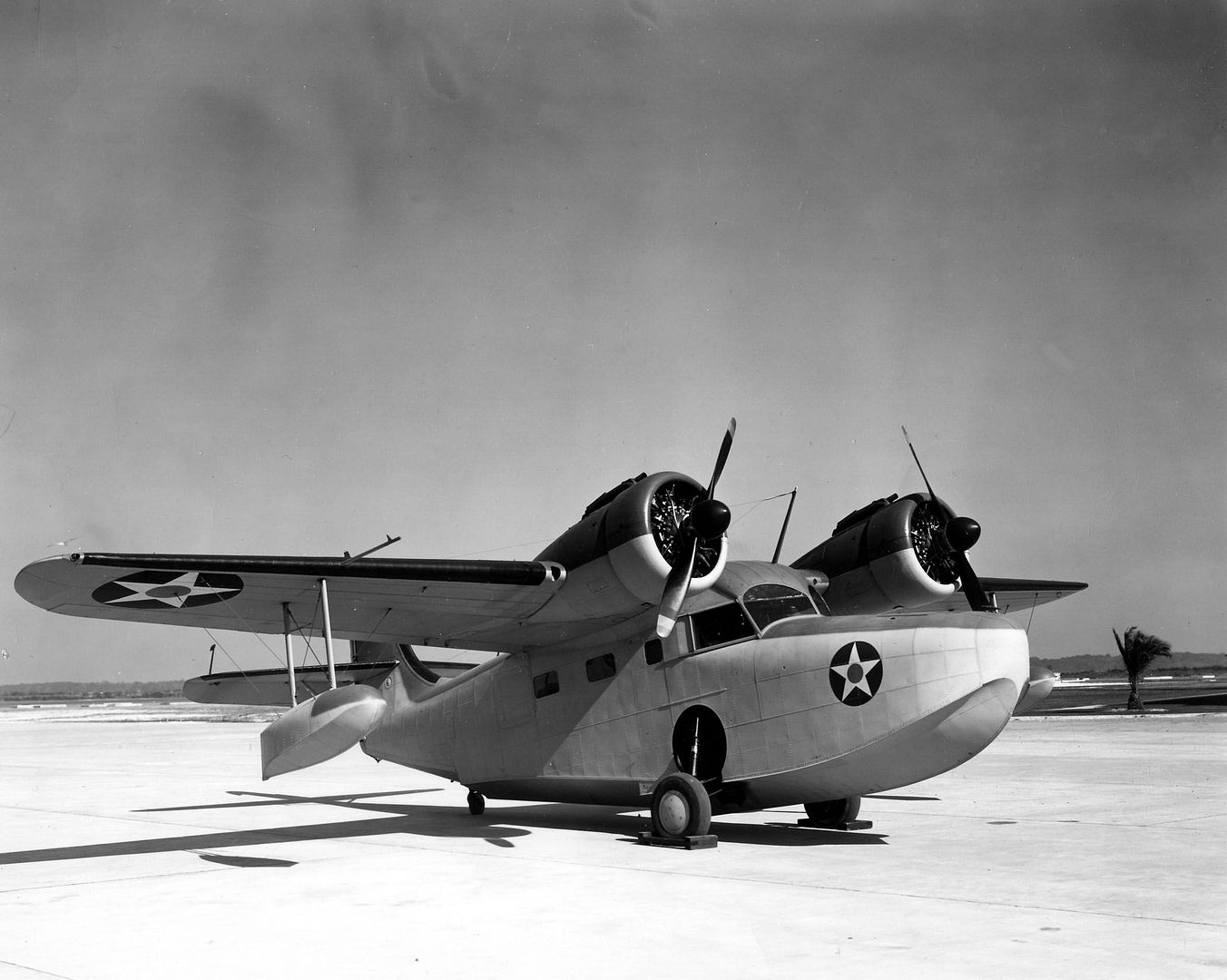
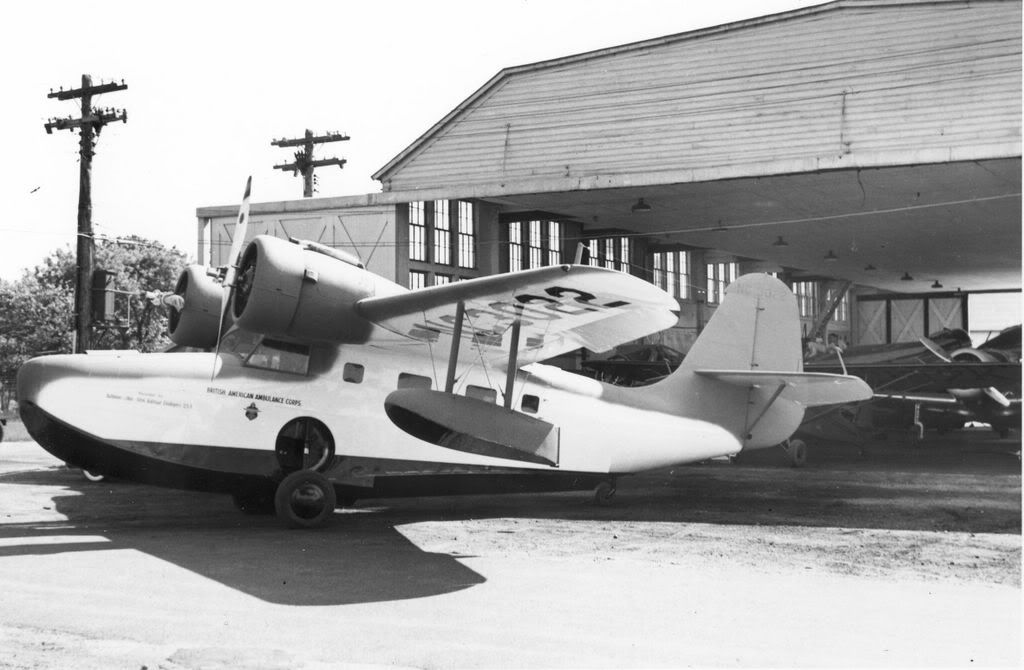


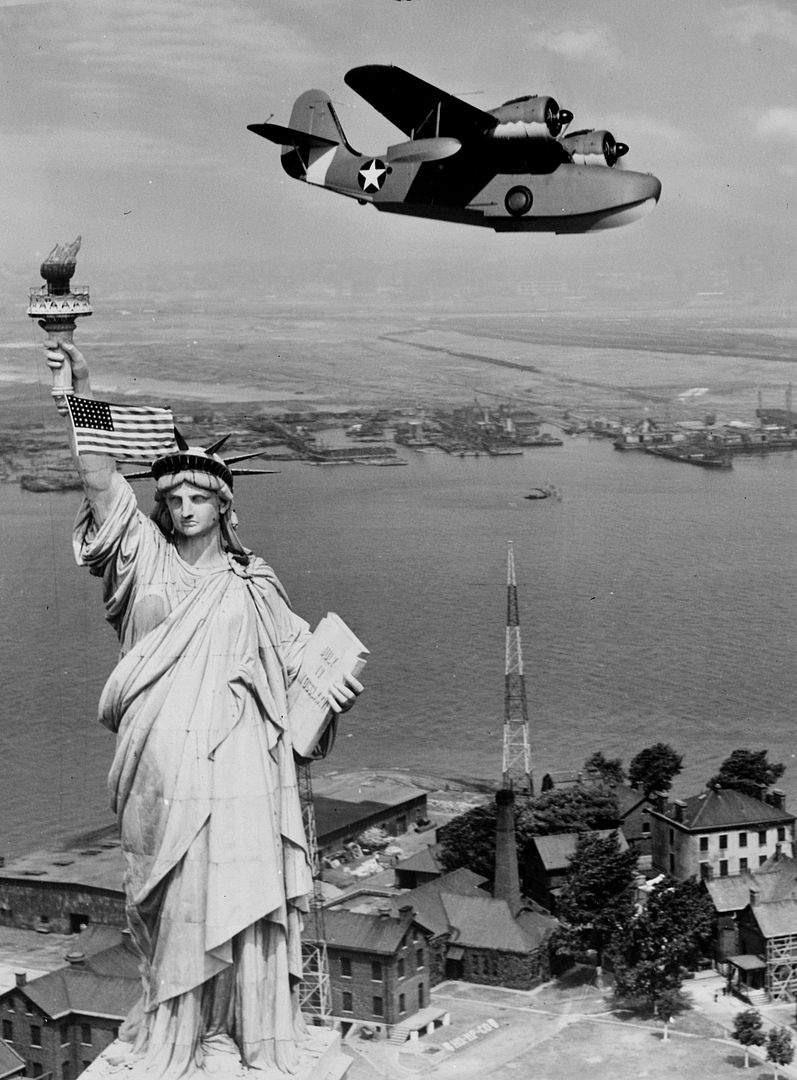
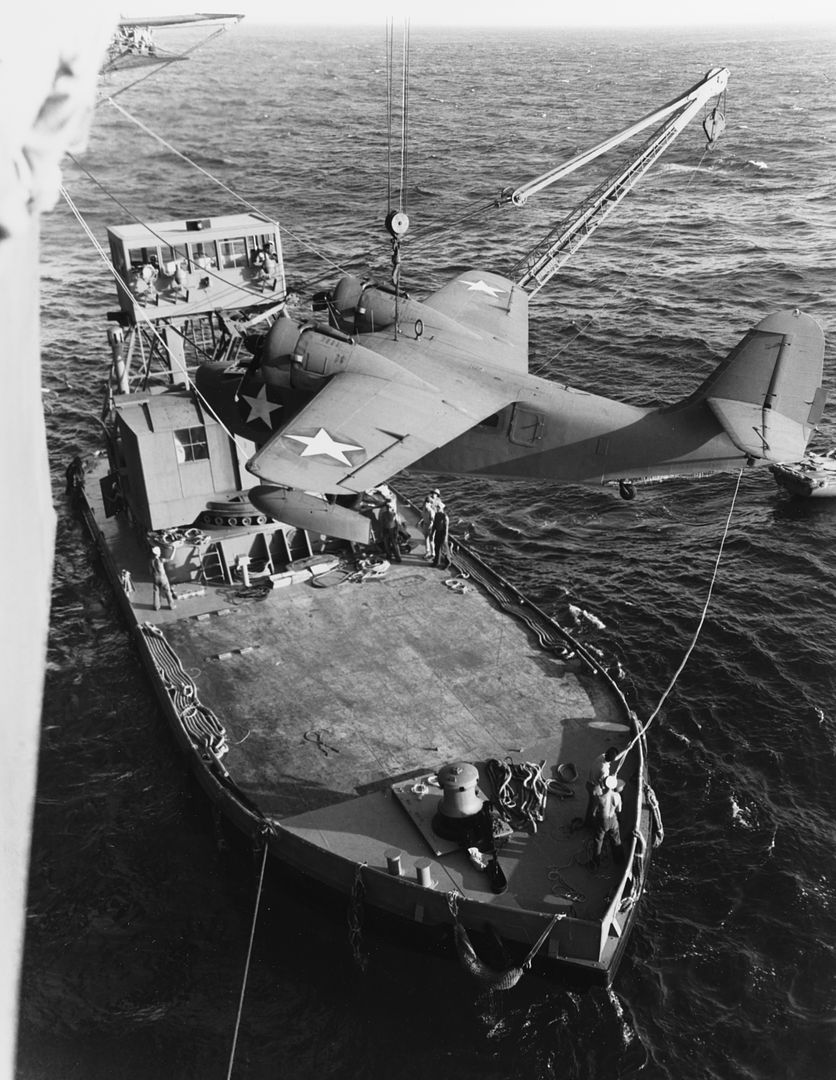
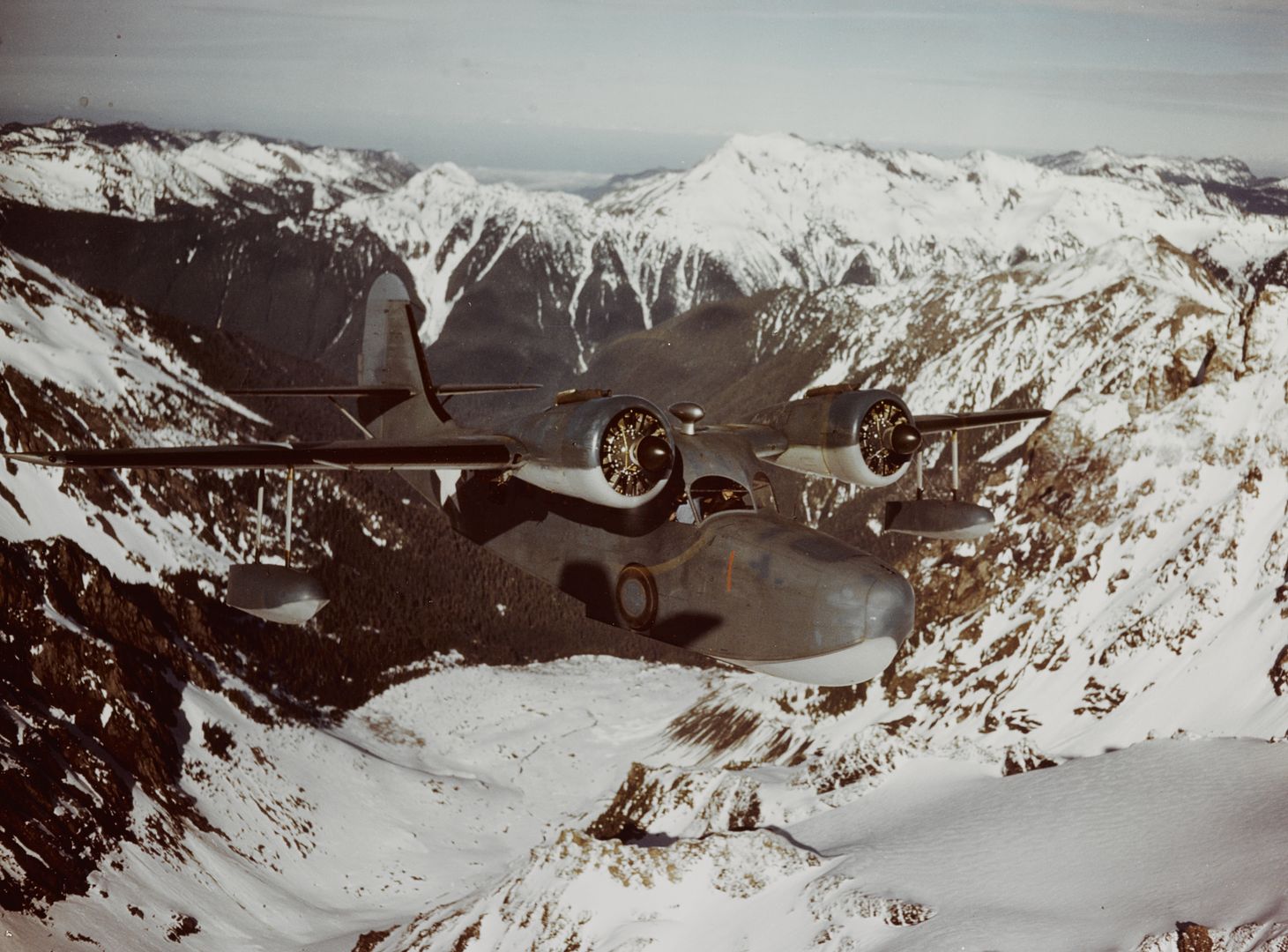
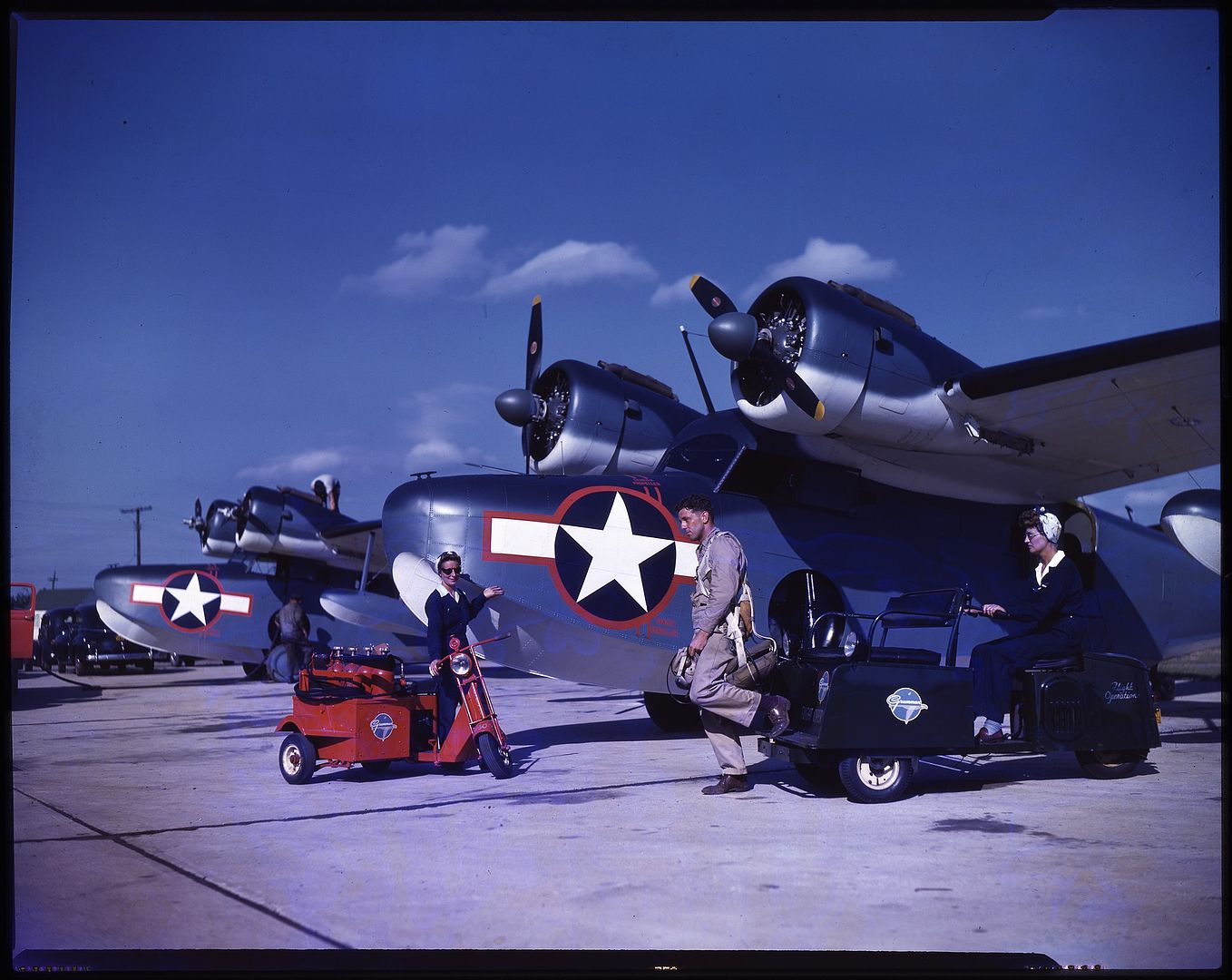
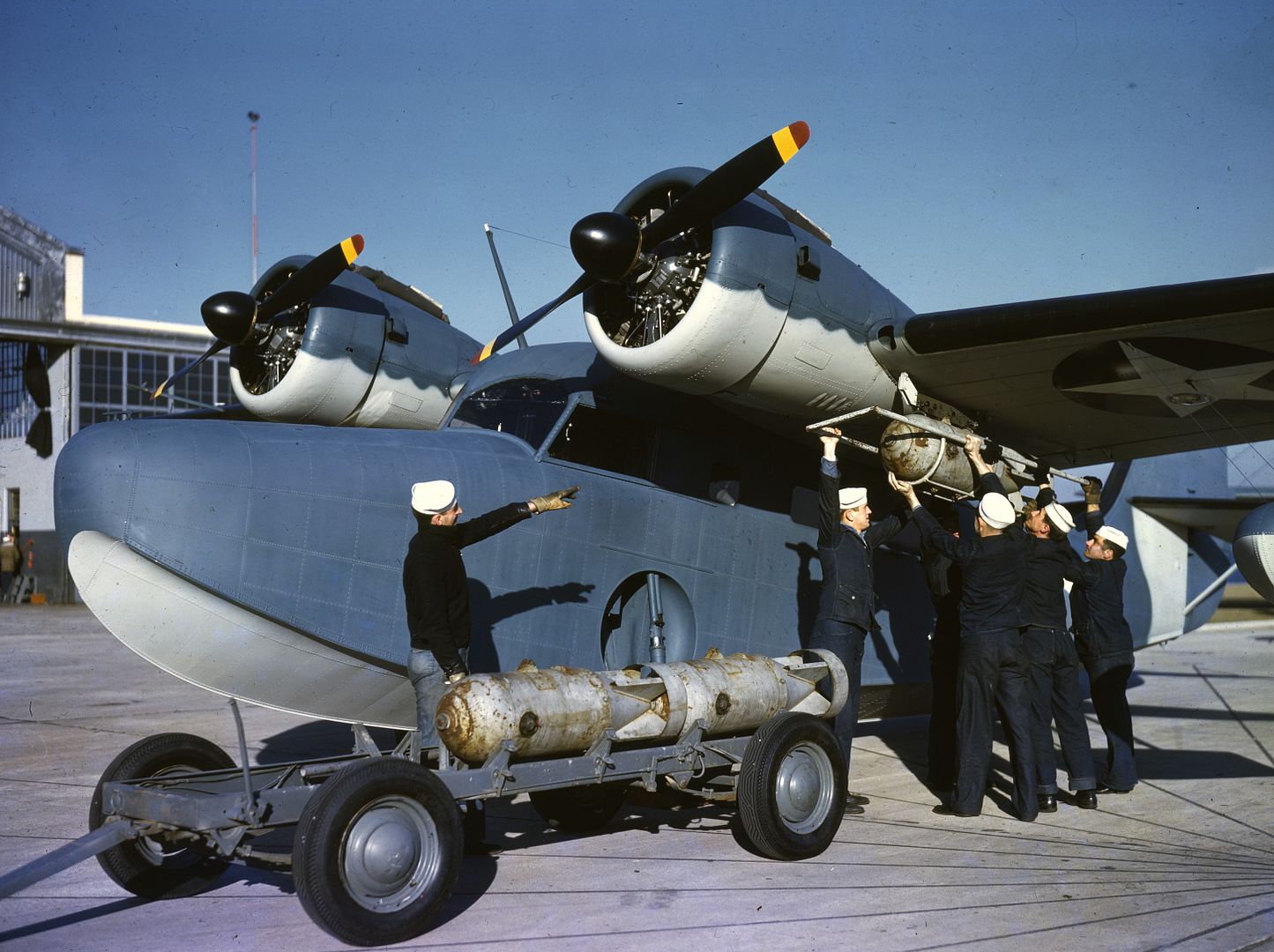

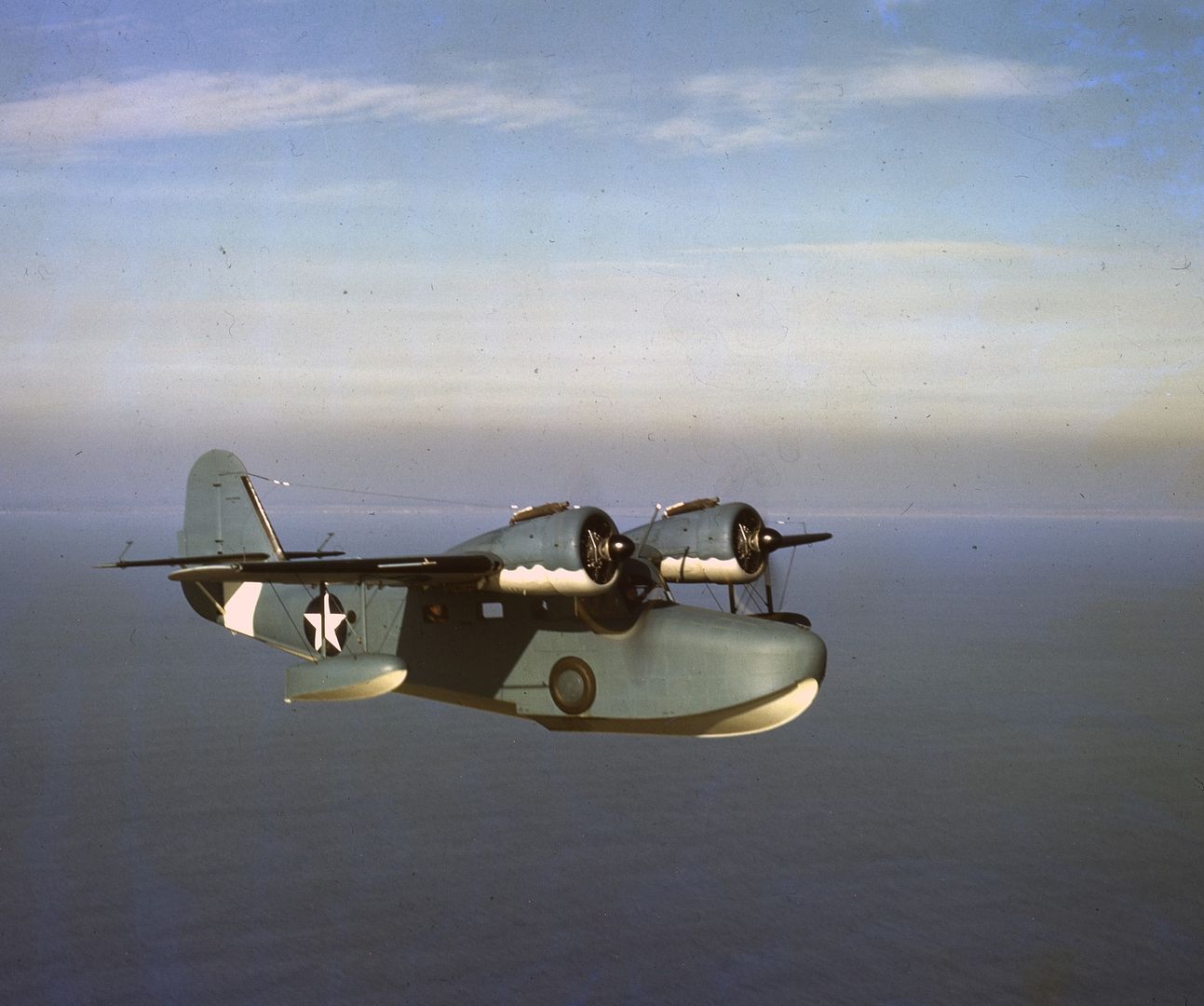
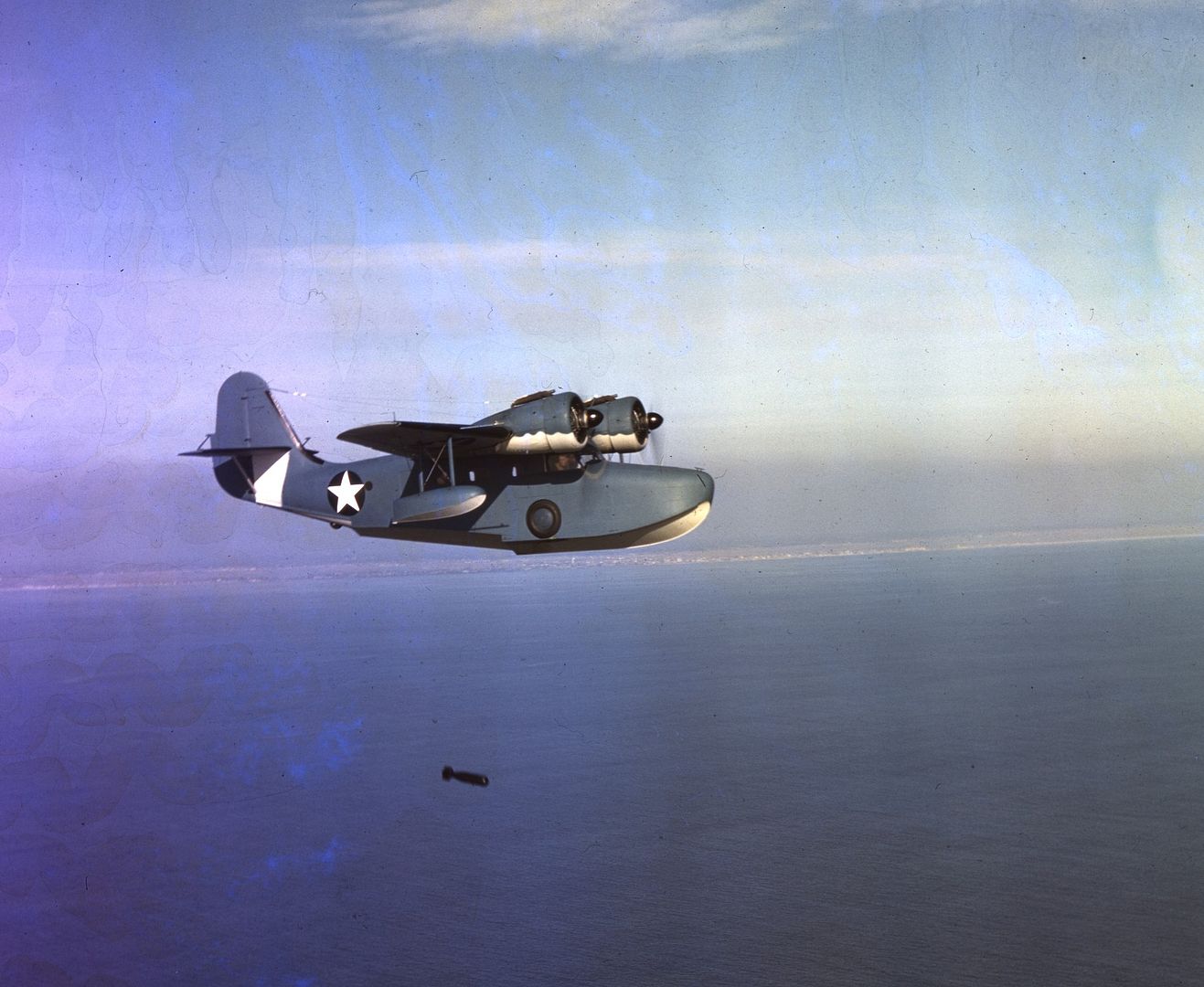
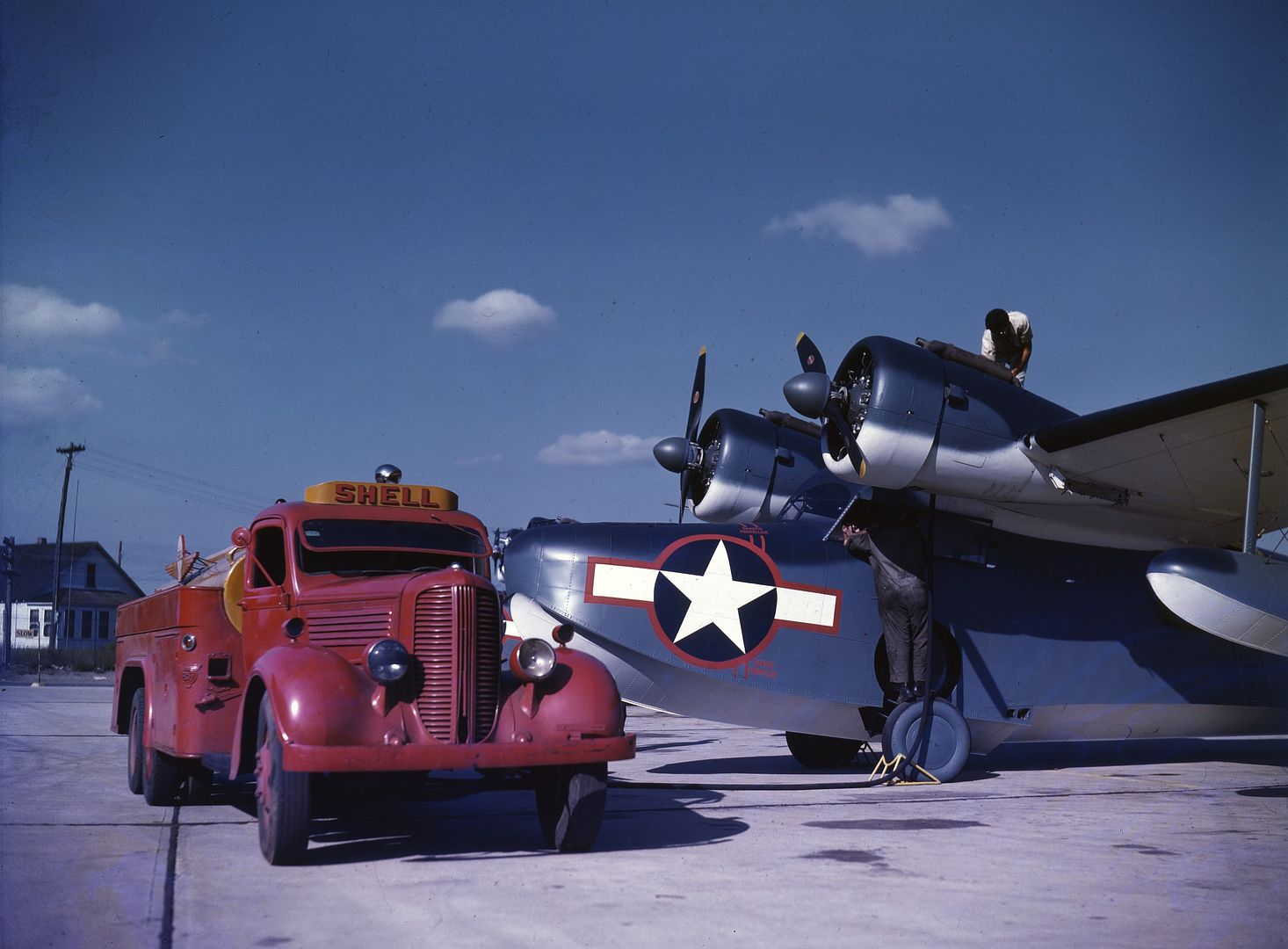
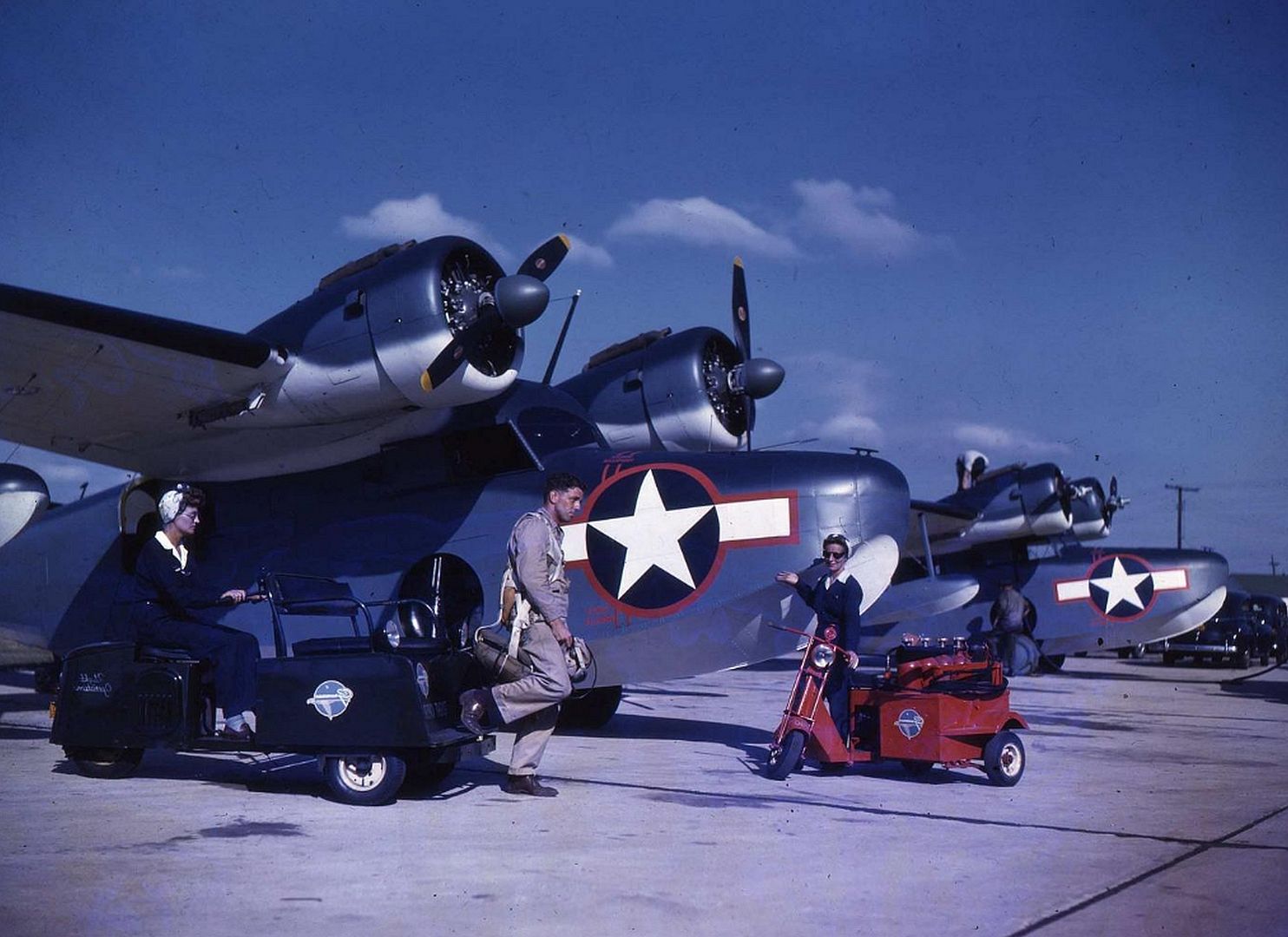

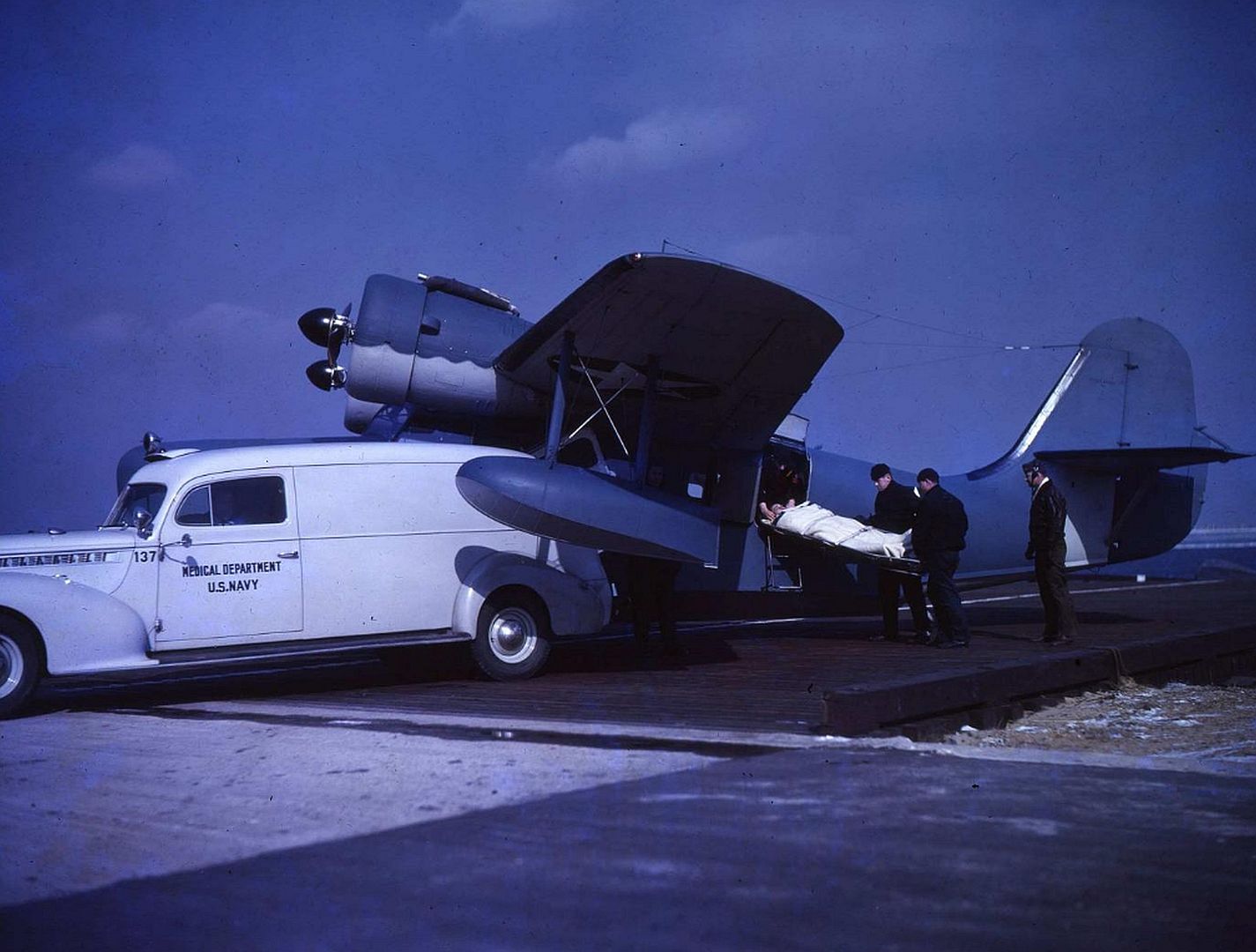
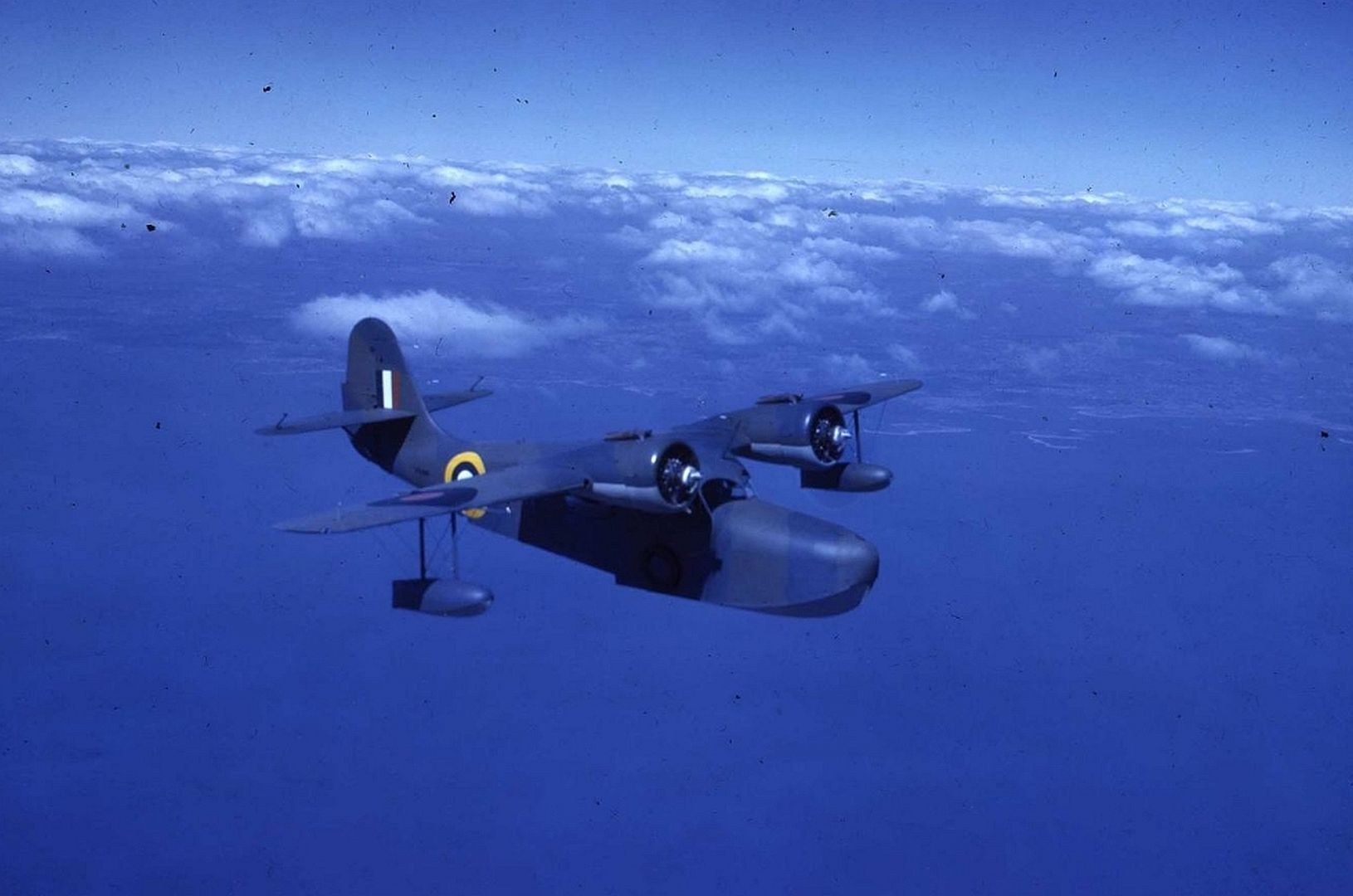
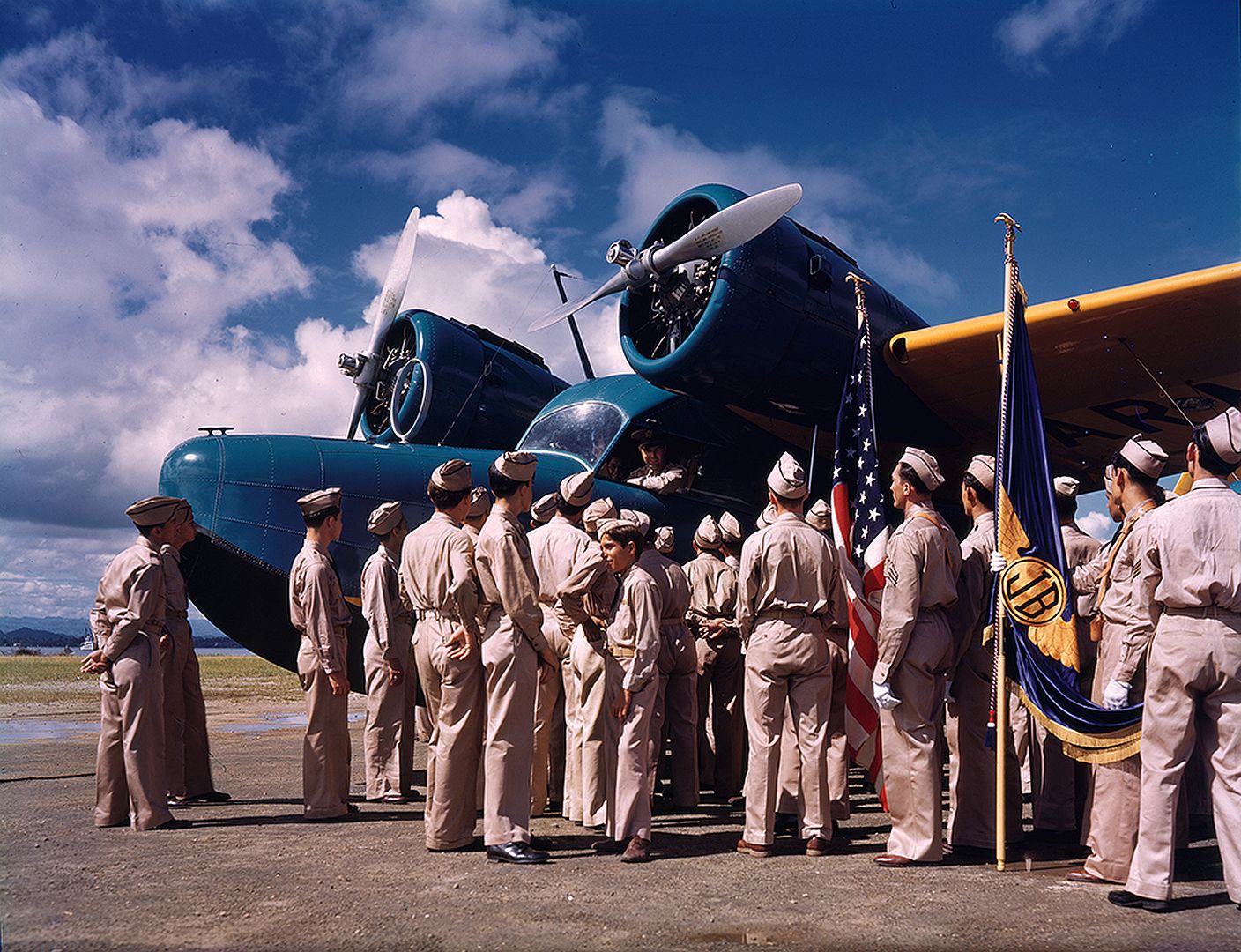

Regards Duggy
-
13 years ago
 Main AdminA few extra photo's of a rare bird!
Main AdminA few extra photo's of a rare bird!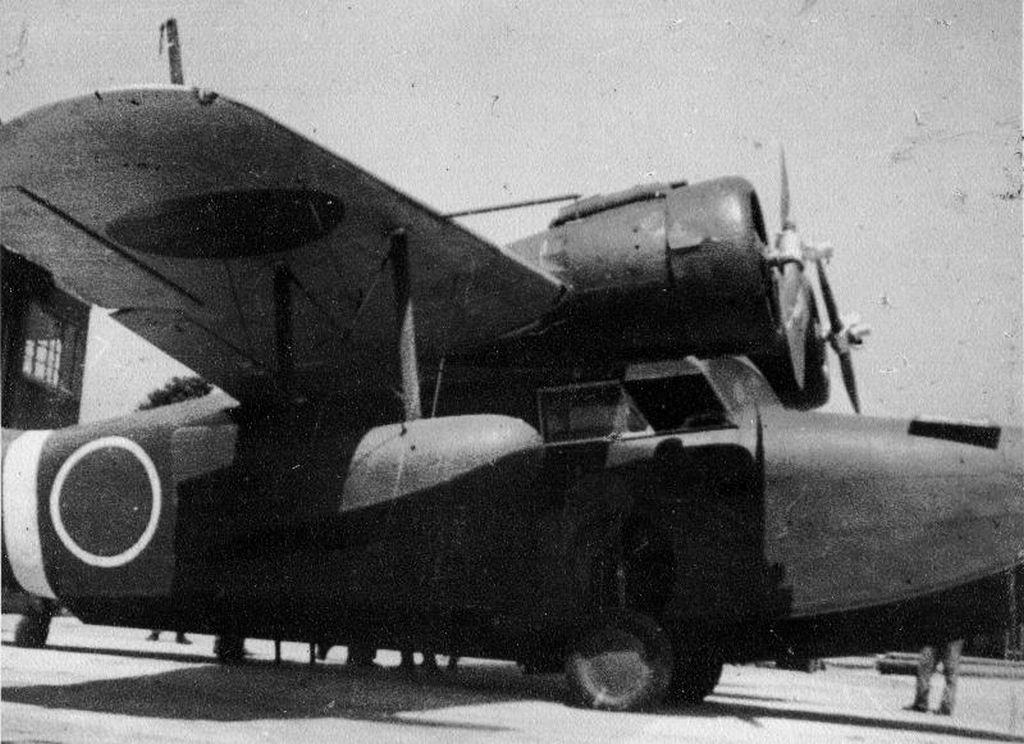
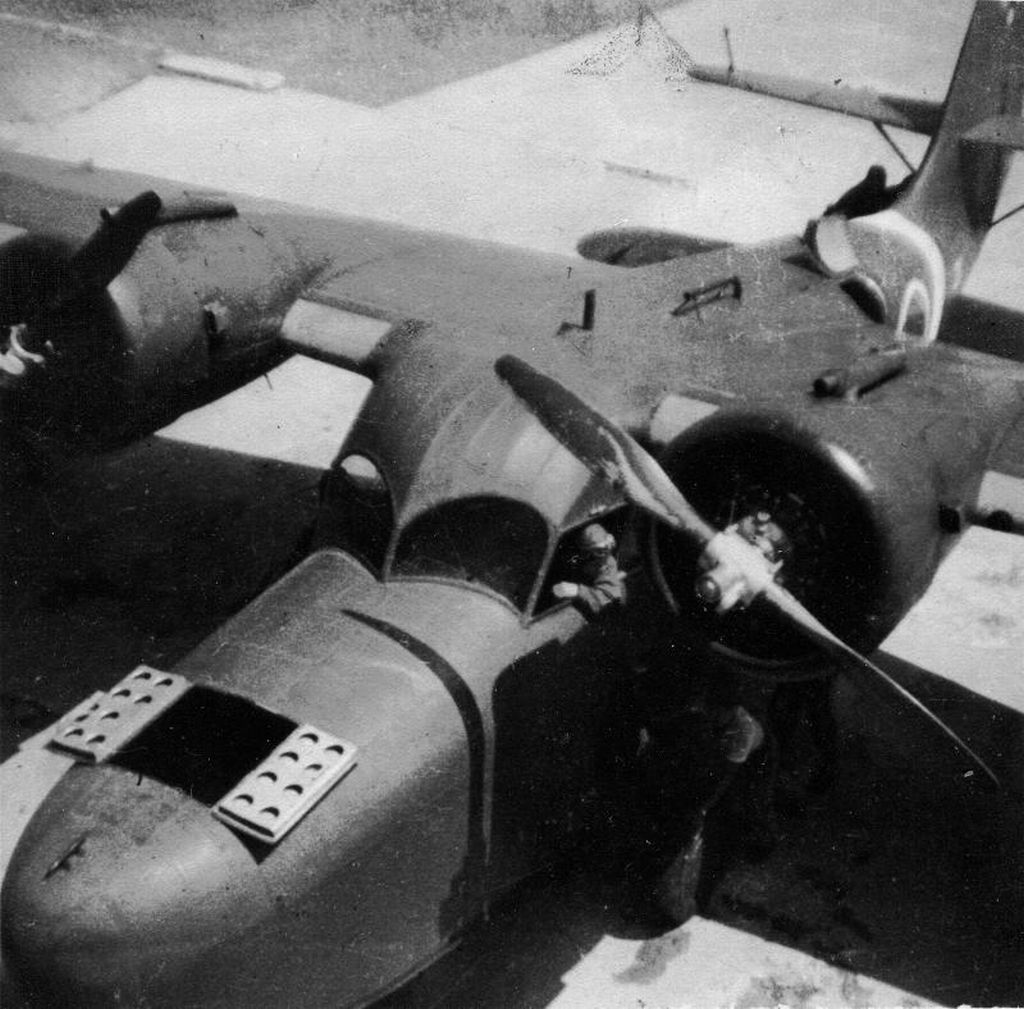
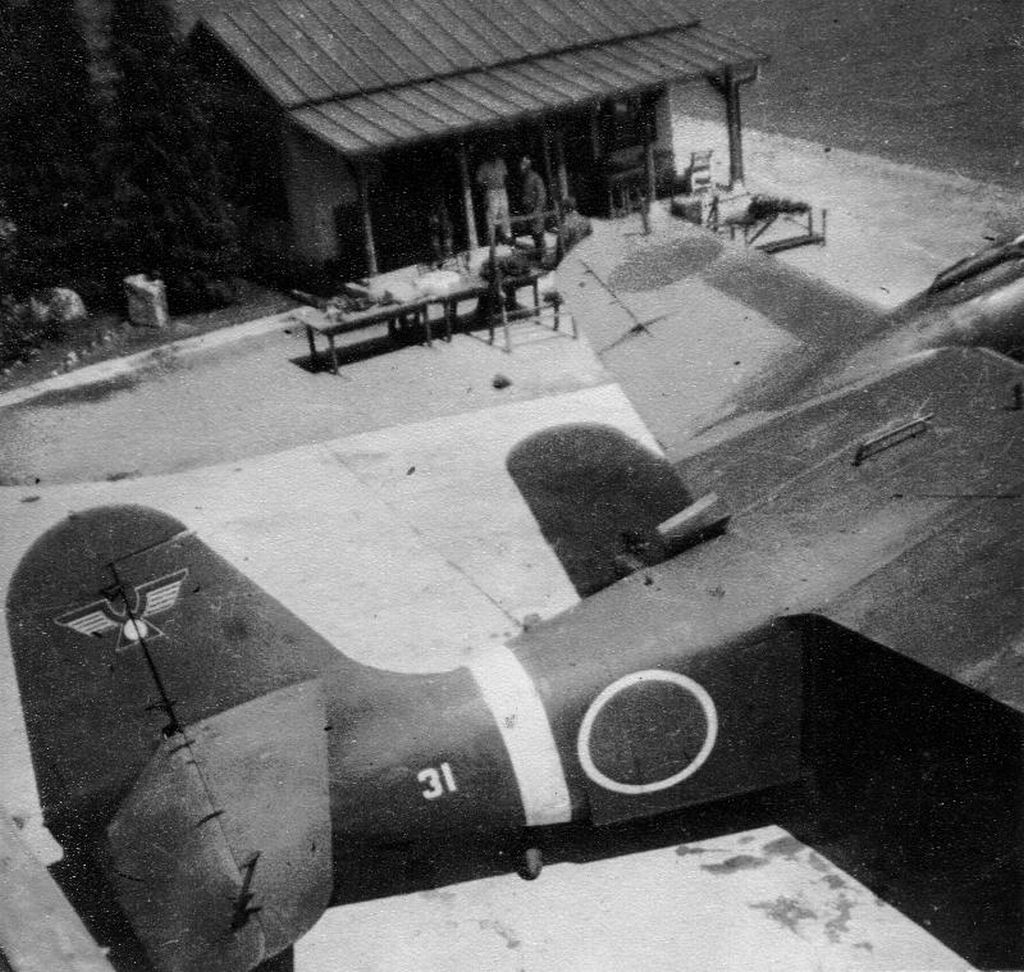
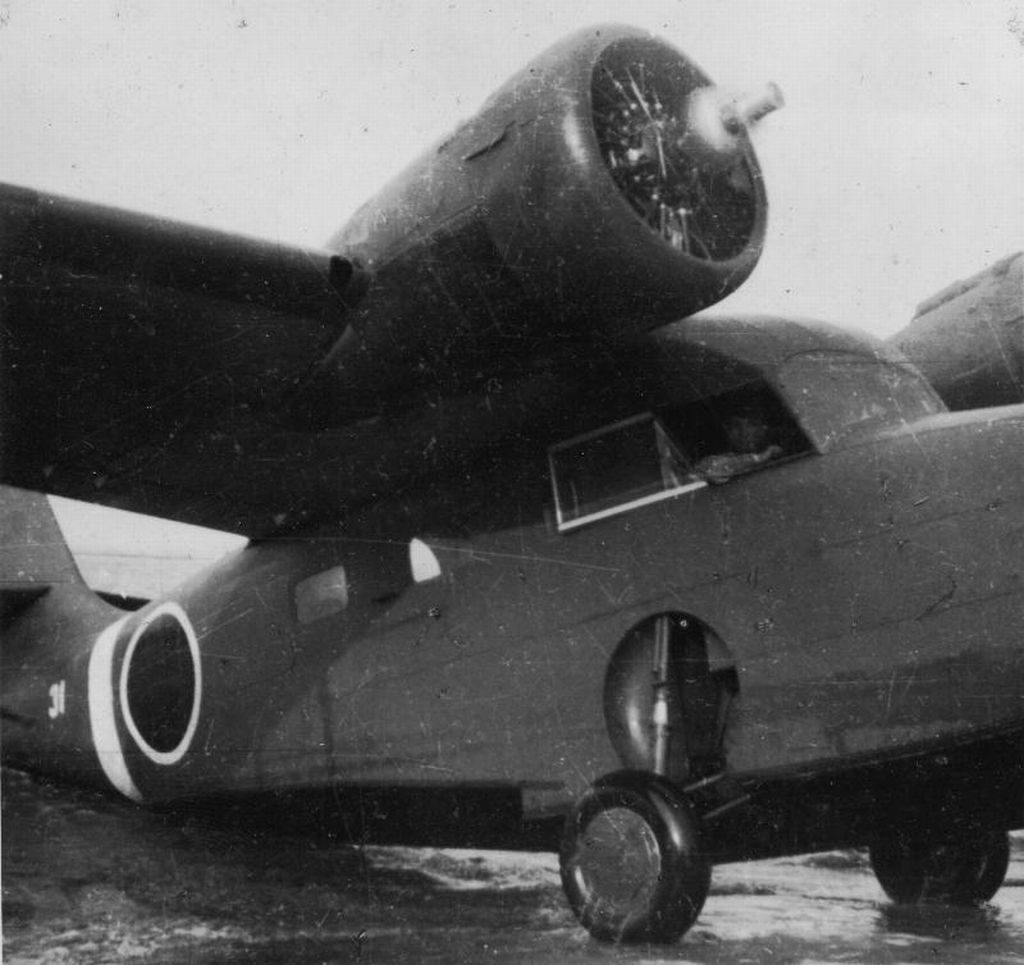
Now if it was only in the sim!! -
 AdminOK, you HAVE to tell us the story behind the pictures!
AdminOK, you HAVE to tell us the story behind the pictures! -
13 years ago
 Main Admin
Main Admin
Jarink
OK, you HAVE to tell us the story behind the pictures!
No biggie !!
Grumman G.21A evaluated by the Imperial Japanese Navy Air Service.
Before Hostilities.
-
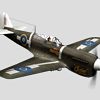 Admin
Admin
Jarink
OK, you HAVE to tell us the story behind the pictures!
No biggie !!
Grumman G.21A evaluated by the Imperial Japanese Navy Air Service.
Before Hostilities.
Duggy
Ahhhhh, and here I was guessing that it was war booty from the fall of the Phillipines or Java or some such
Nice photos to. I've always had a bit of a soft spot for the Goose, when I was a kid there was a small airline flying these from Waitemata harbour (Auckland's main harbour) to the islands out in the Hauraki Gulf and on several occasion we flew on them to visit a friend of my parents' on one of the islands. I don't remember much except for the fun of the very noisy and bumpy take-offs and landings! -
 Level 1HBPencil was right, it was booty from Java.
Level 1HBPencil was right, it was booty from Java.
Of the known G-21s / G-21As sold to companies in the Netherlands East Indies only G-21 PK-AKR c/n 1010 wasn't known to have been broken up or shot down.
One Goose was captured by the Japanese and tested.
It's not known if it was flown / shipped back to Japan or tested in Java, but since it has full Tachikawa base markings I suspect it was in Japan.
Comparing images I have of both AKR and #31 I'm about 99.99% certain they are the same airplane. -
 Main AdminThanks for the input.
Main AdminThanks for the input.
Regards Duggy
Post a reply
- Go to Previous topic
- Go to Next topic
- Go to Welcome
- Go to Introduce Yourself
- Go to General Discussion
- Go to Screenshots, Images and Videos
- Go to Off topic
- Go to Works in Progress
- Go to Skinning Tips / Tutorials
- Go to Skin Requests
- Go to IJAAF Library
- Go to Luftwaffe Library
- Go to RAF Library
- Go to USAAF / USN Library
- Go to Misc Library
- Go to The Ops Room
- Go to Made in Germany
- Go to Campaigns and Missions
- Go to Works in Progress
- Go to Juri's Air-Raid Shelter
- Go to Campaigns and Missions
- Go to Works in Progress
- Go to Skinpacks
- Go to External Projects Discussion
- Go to Books & Resources
